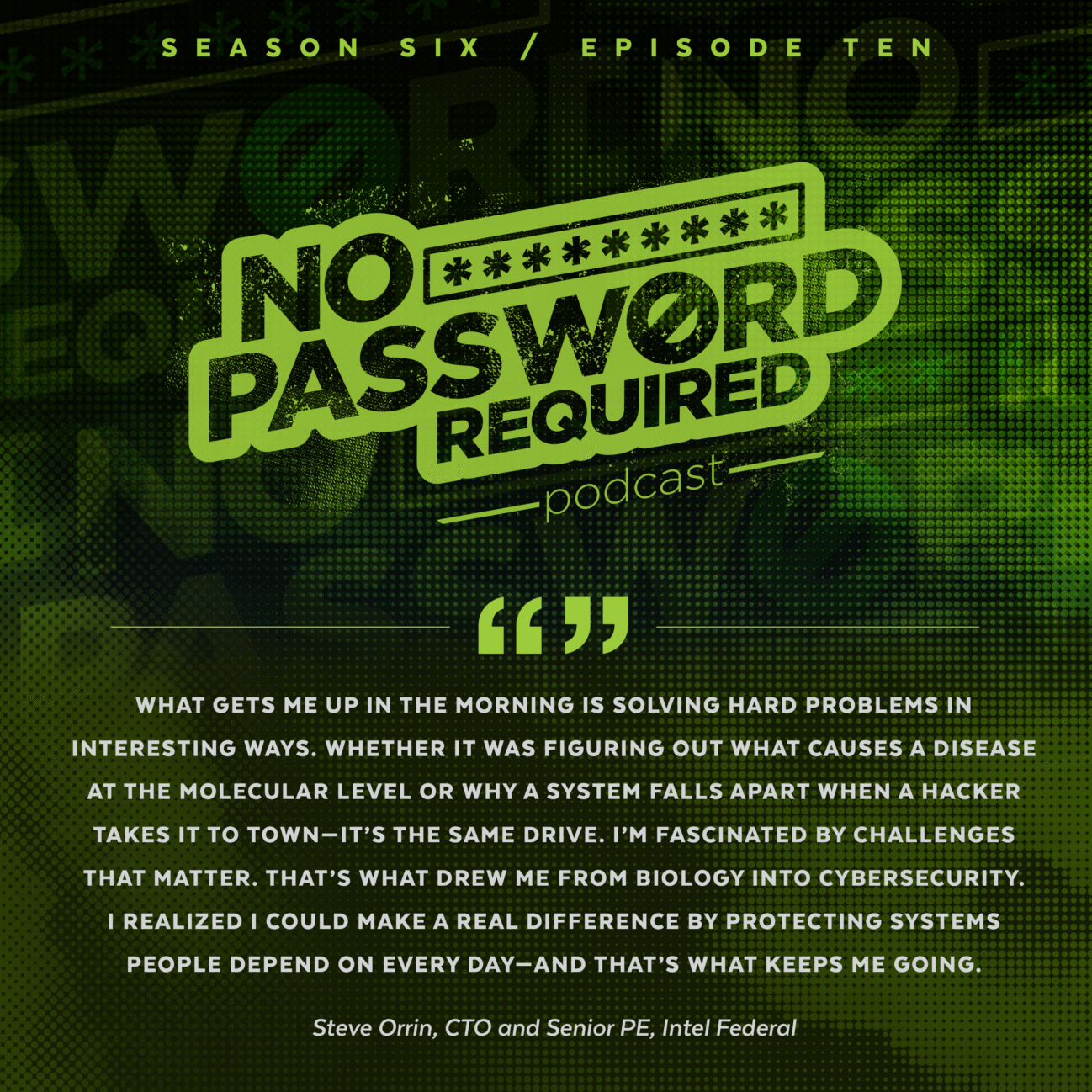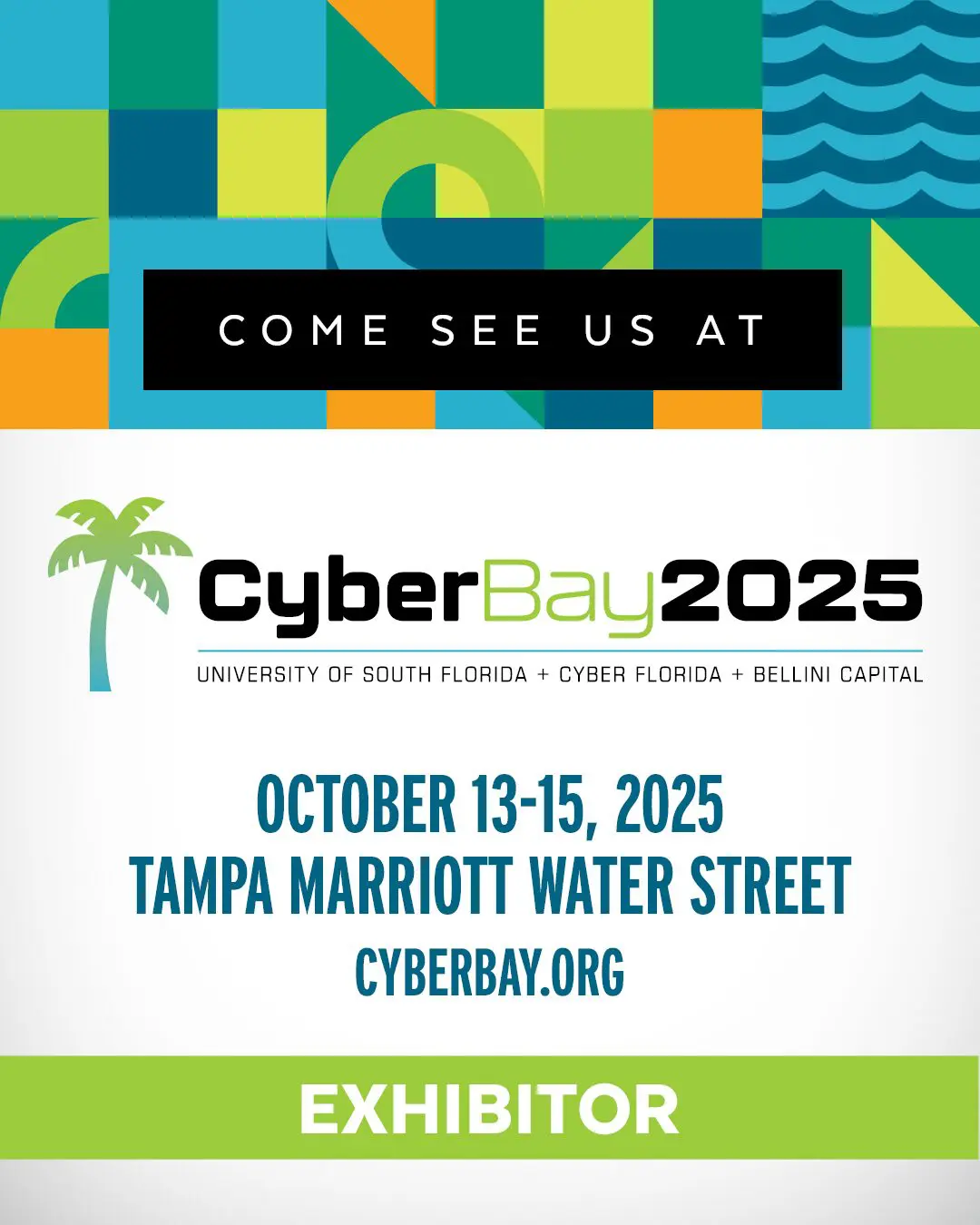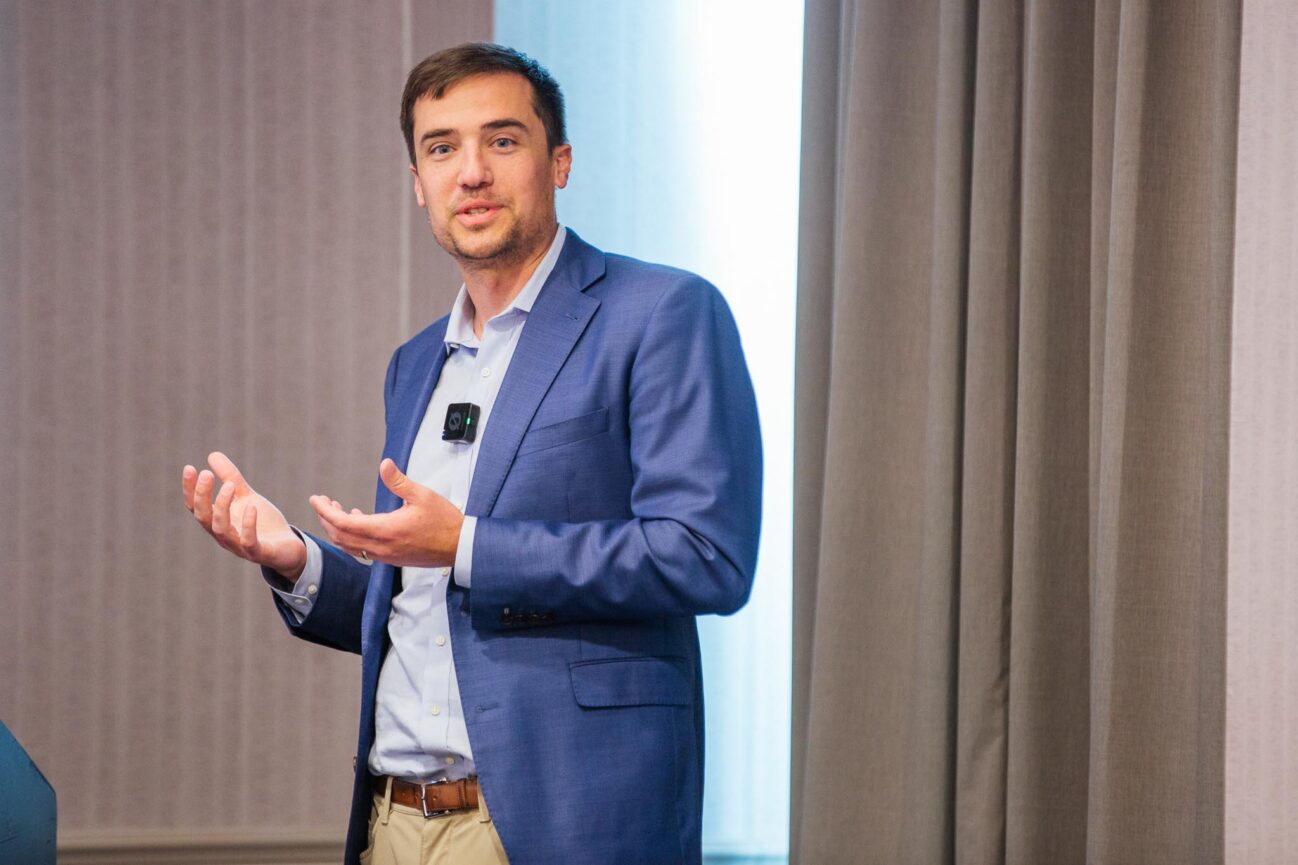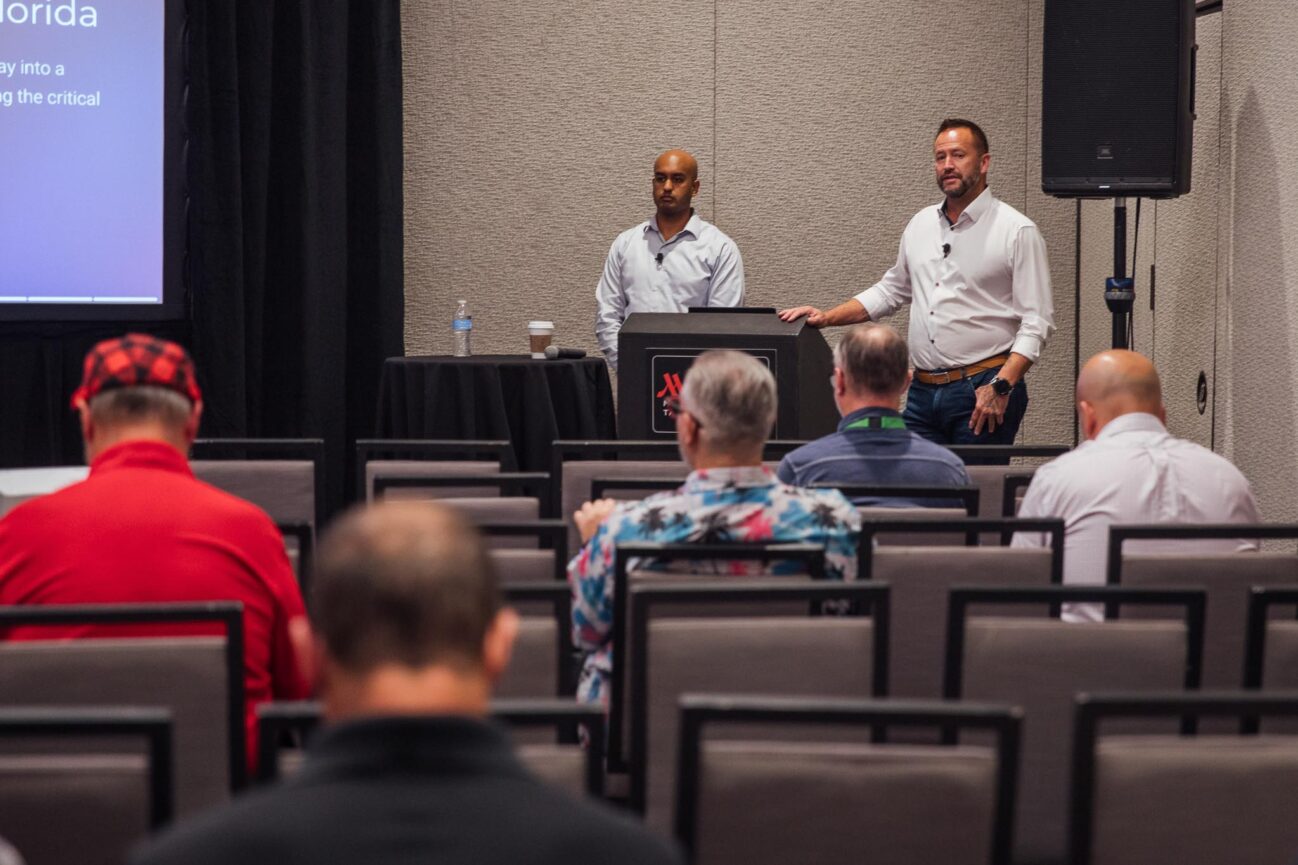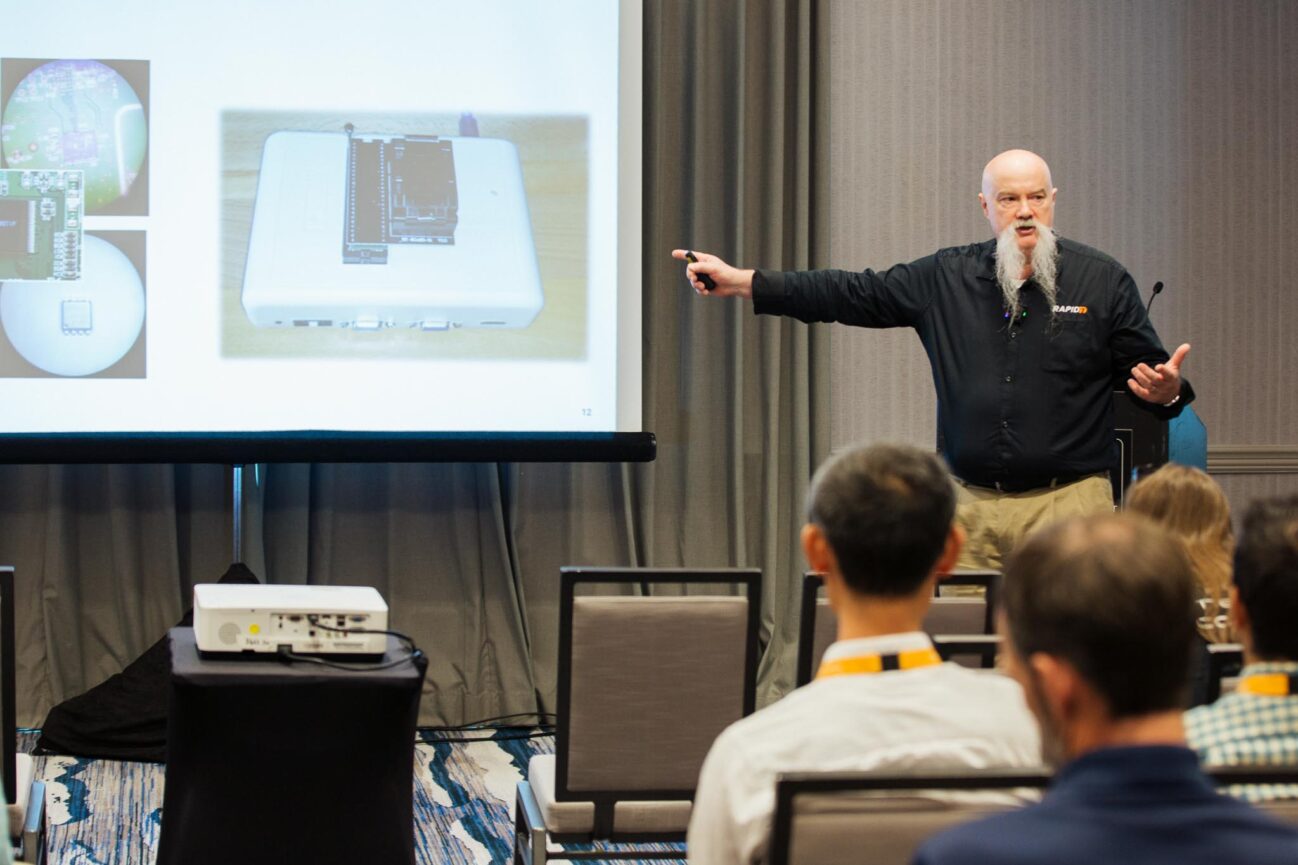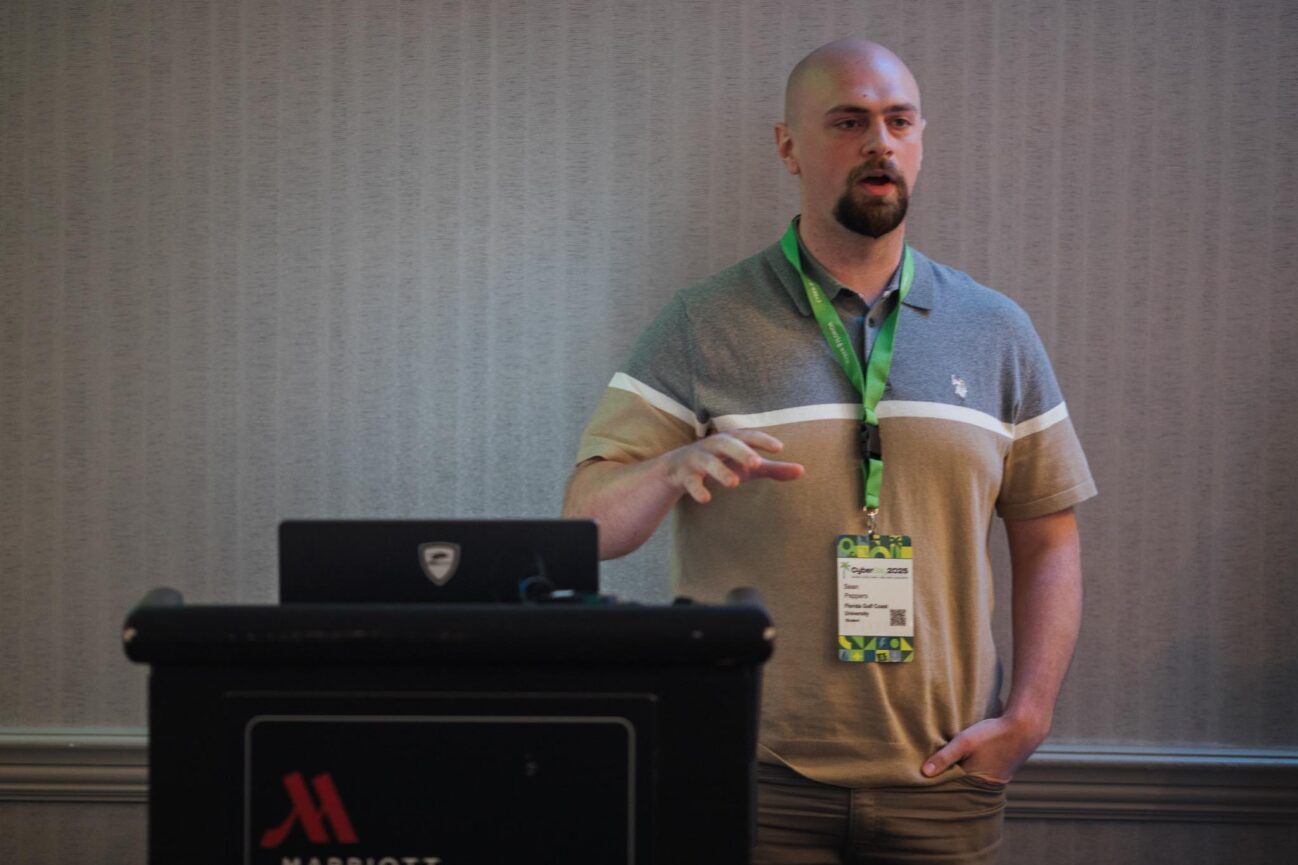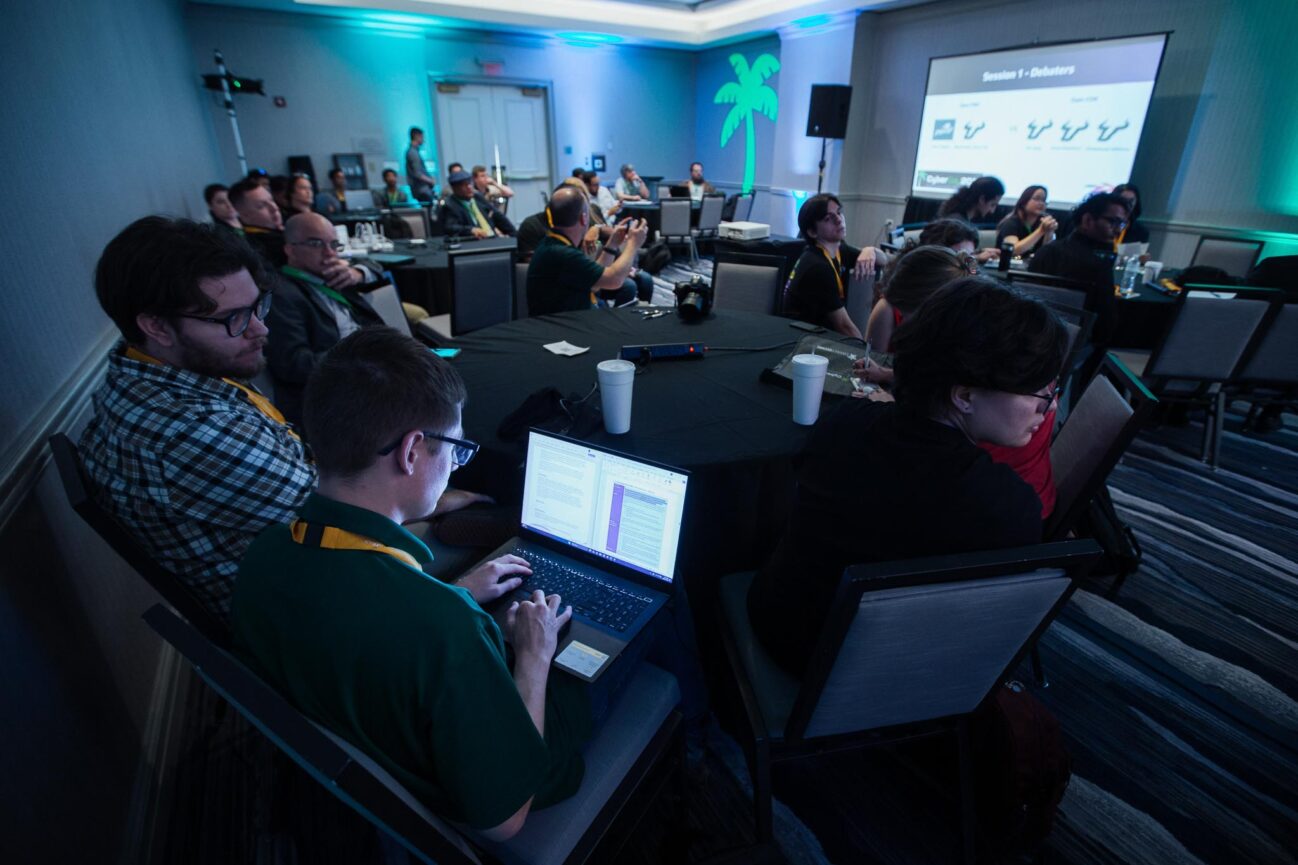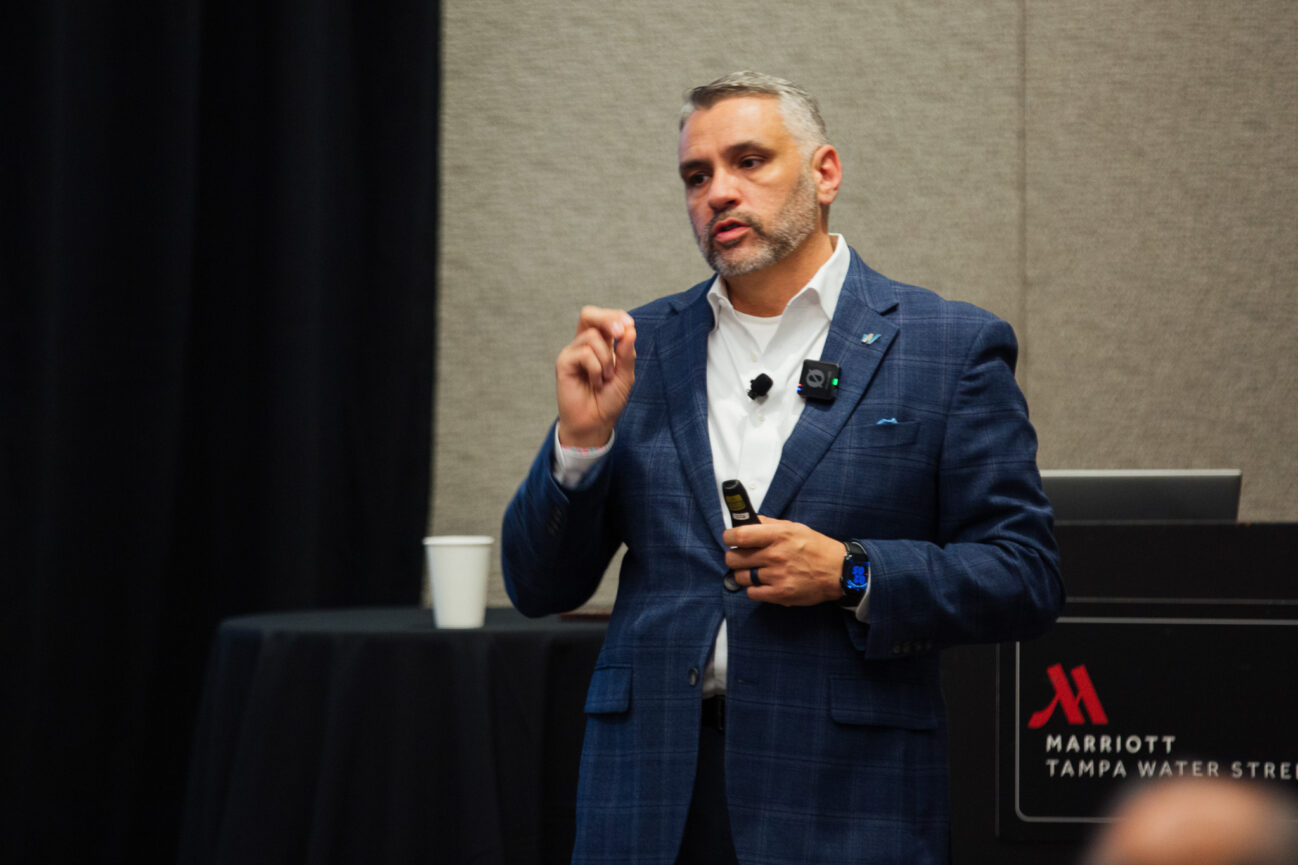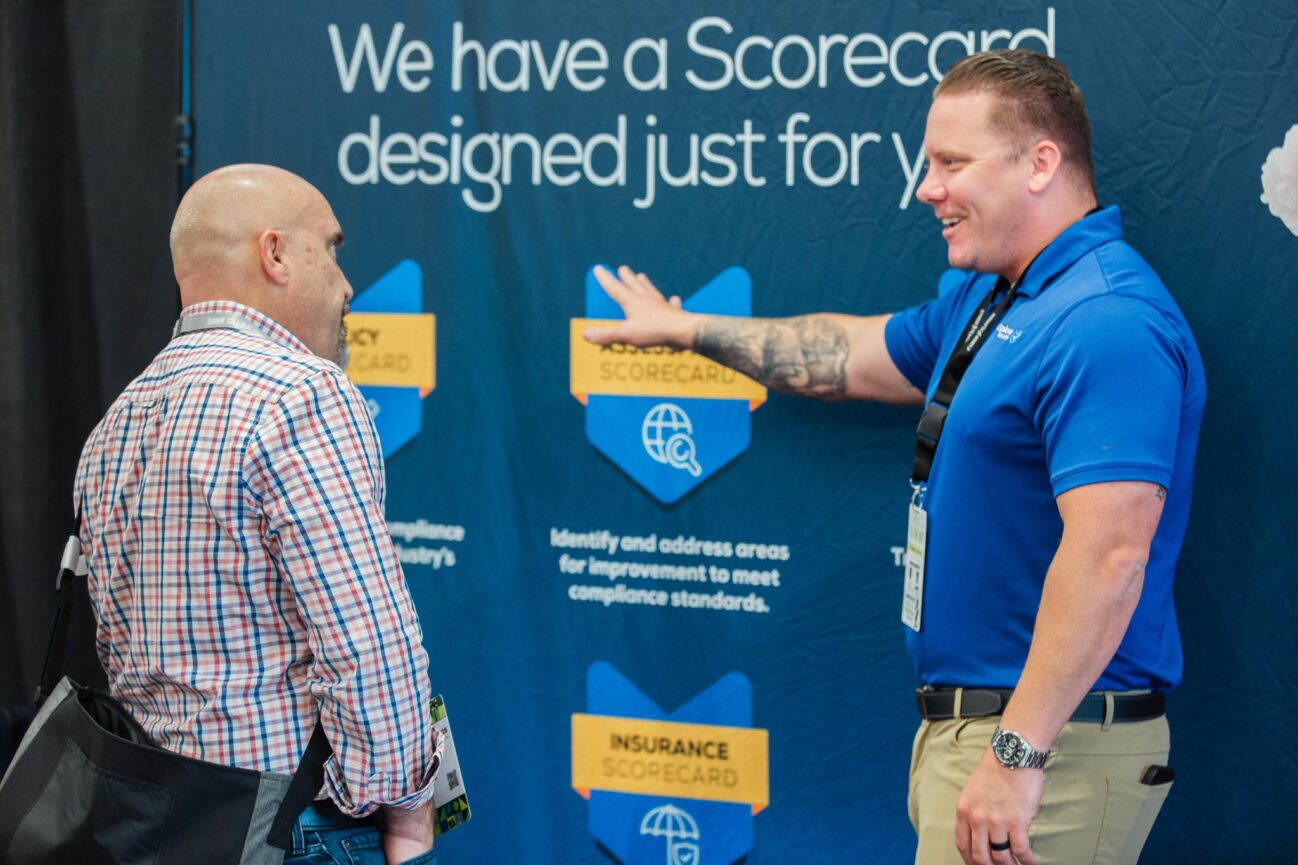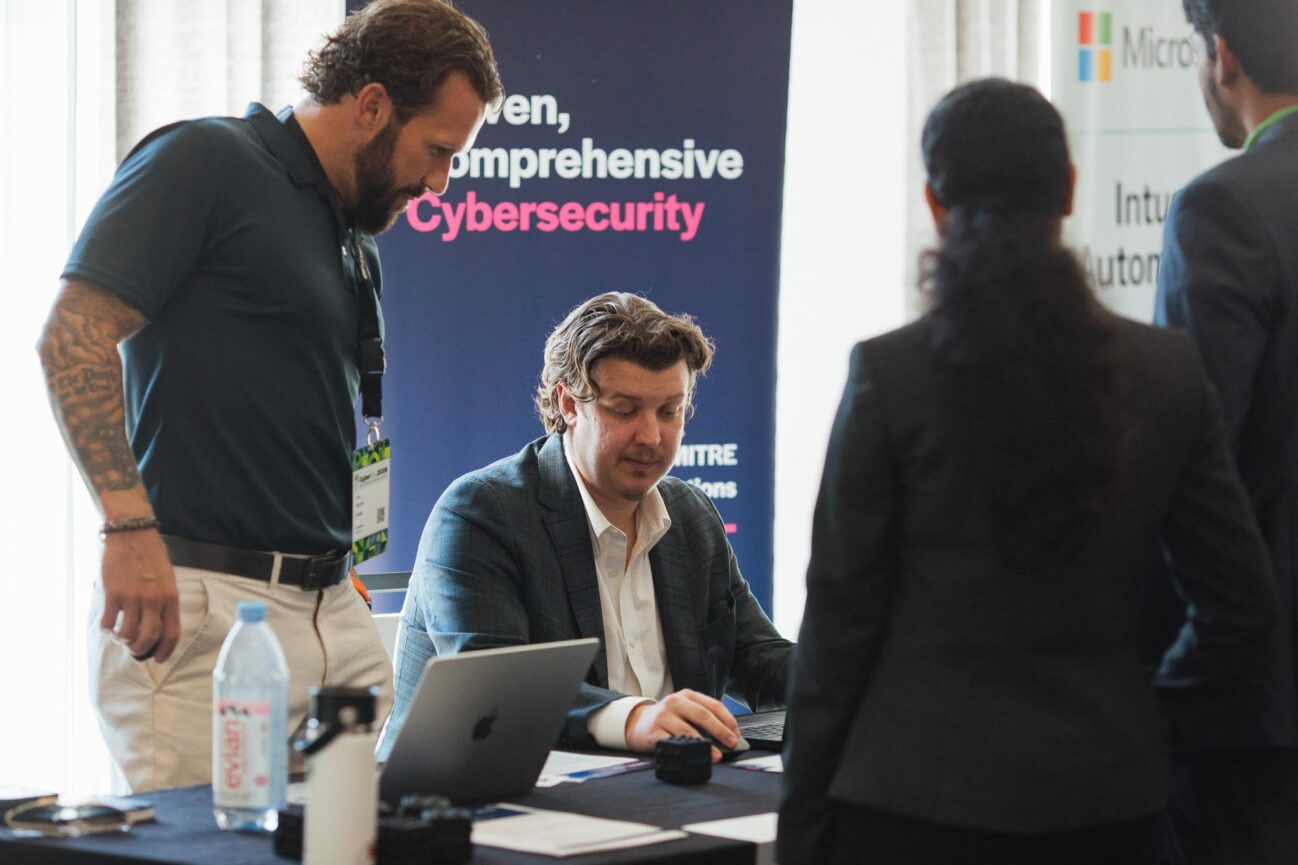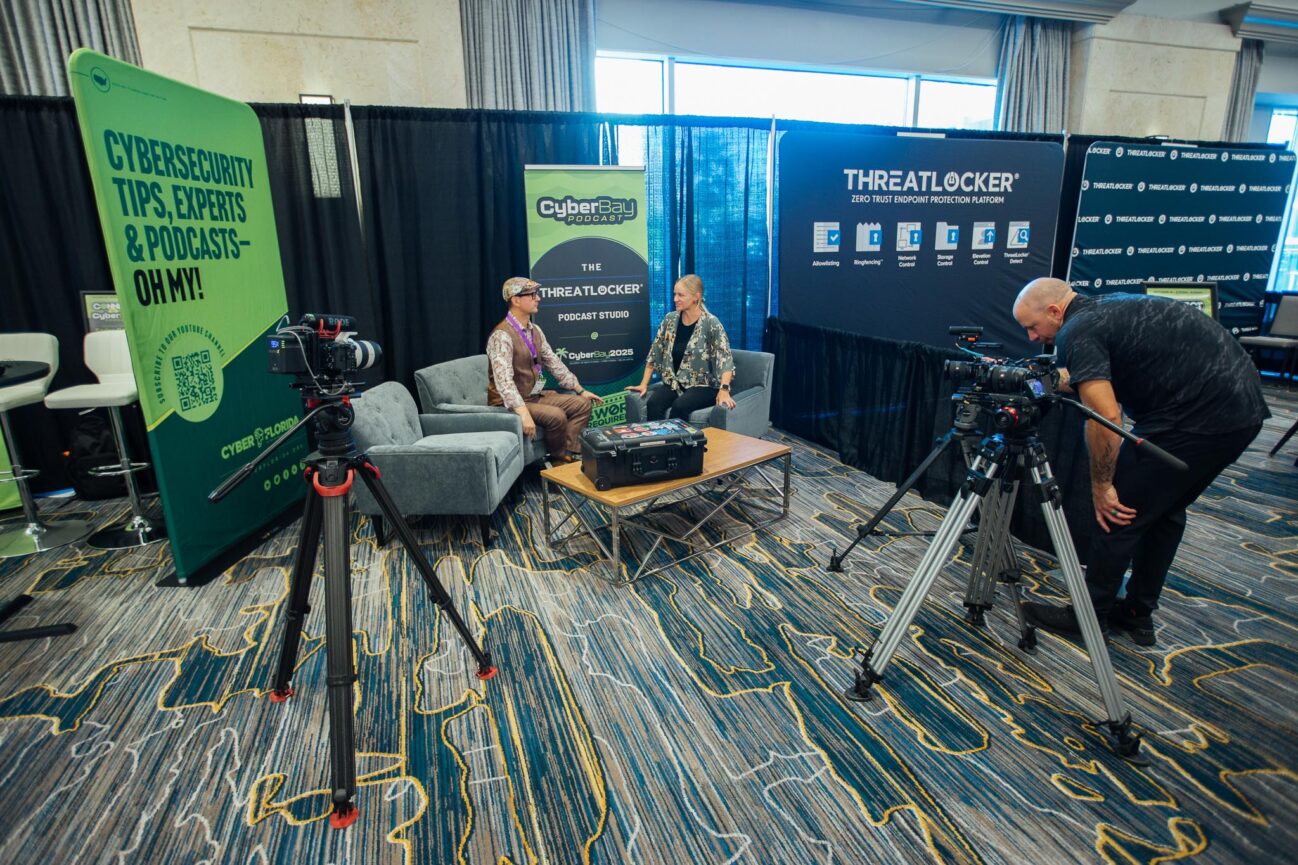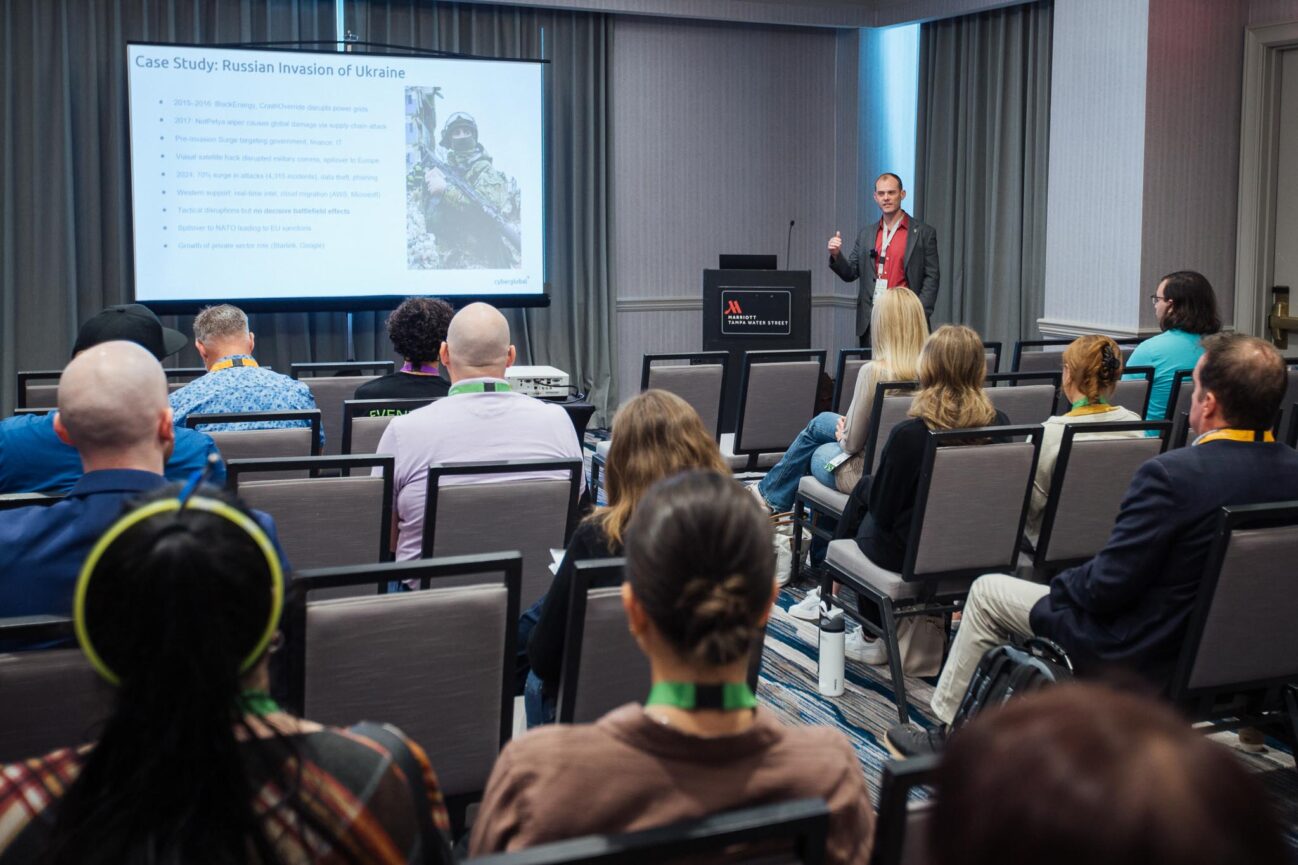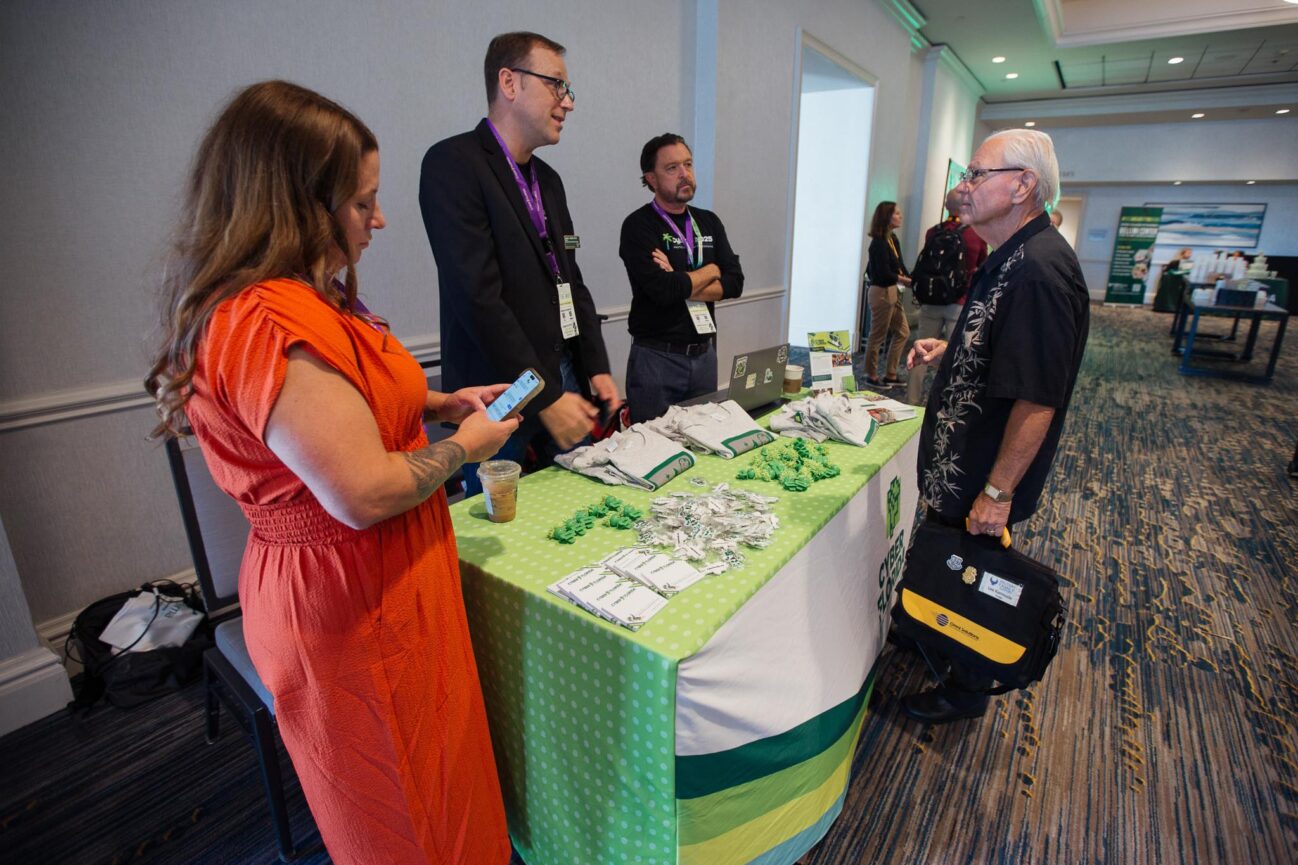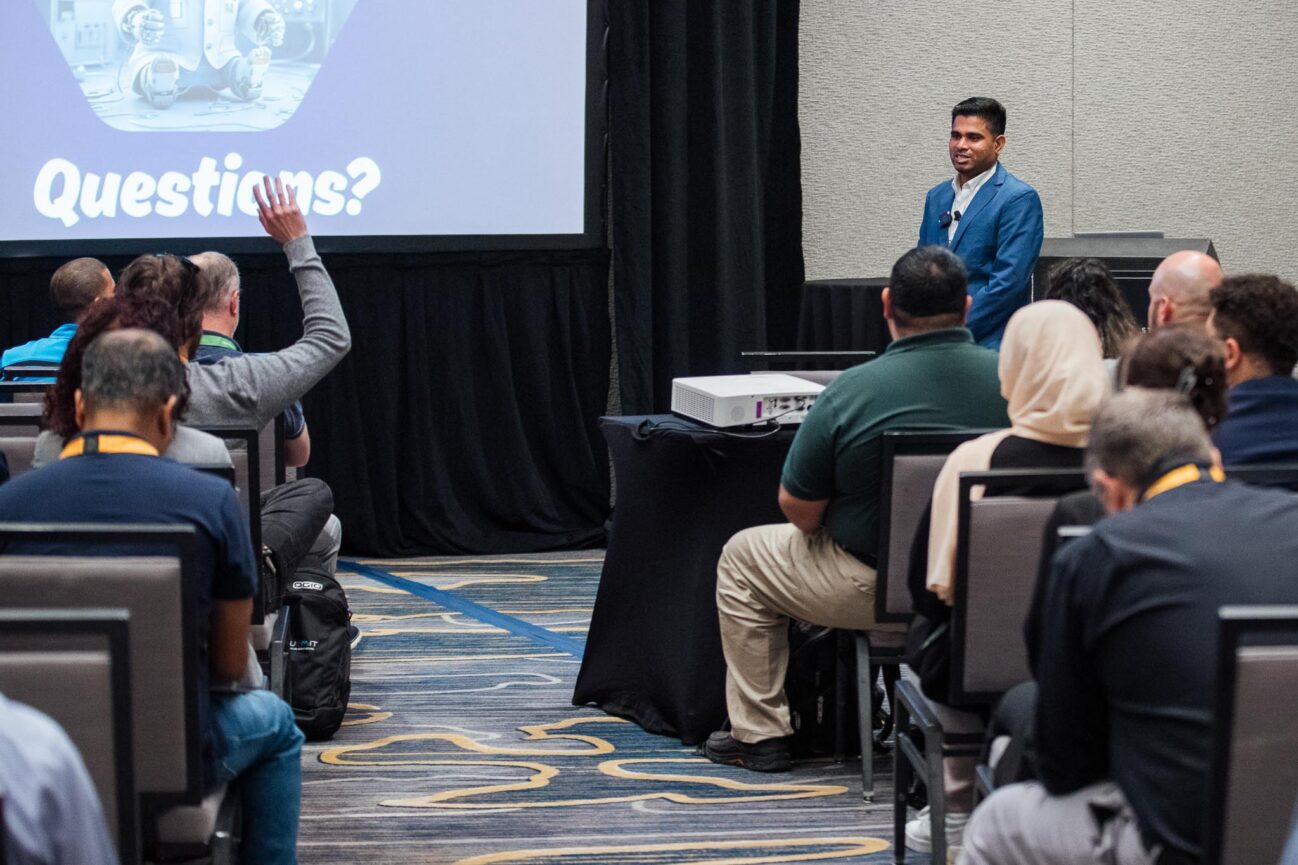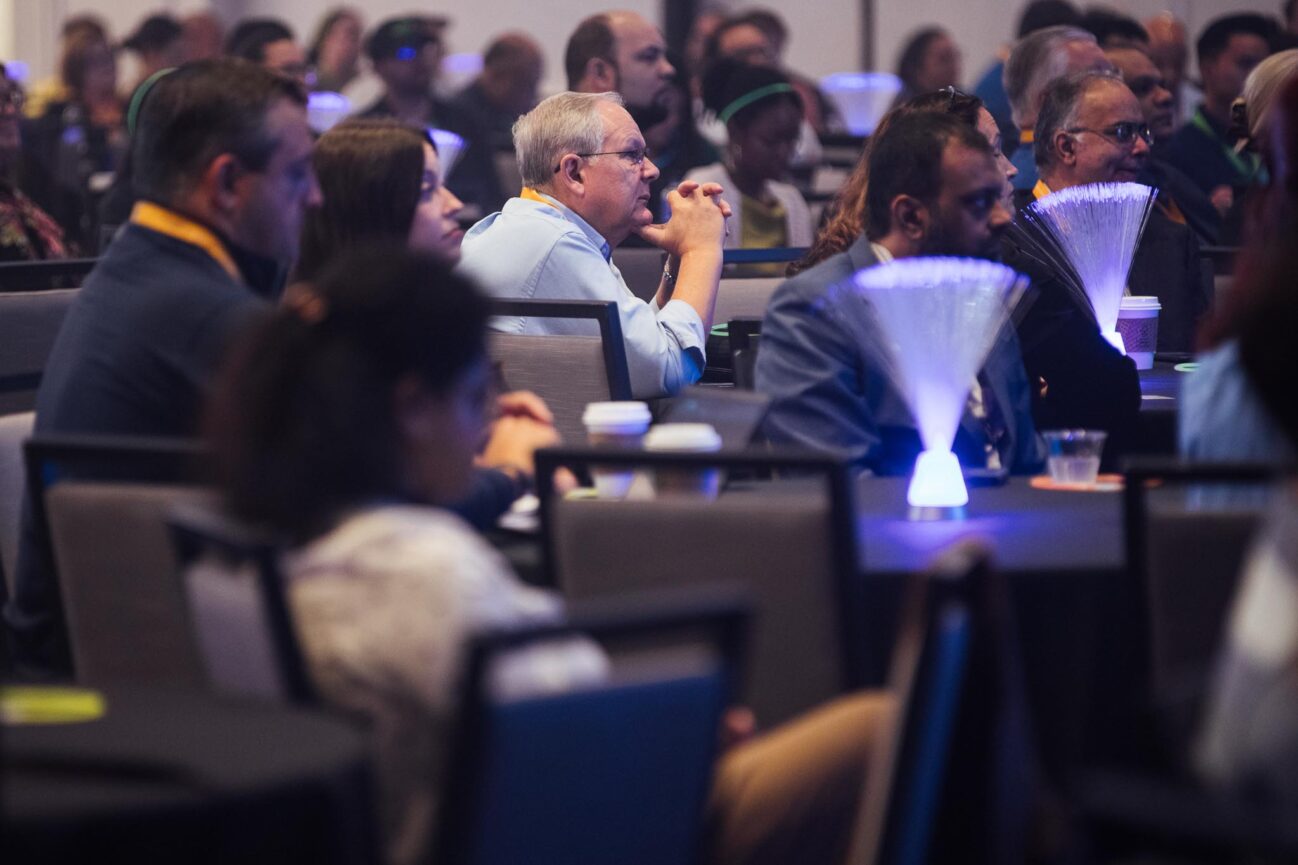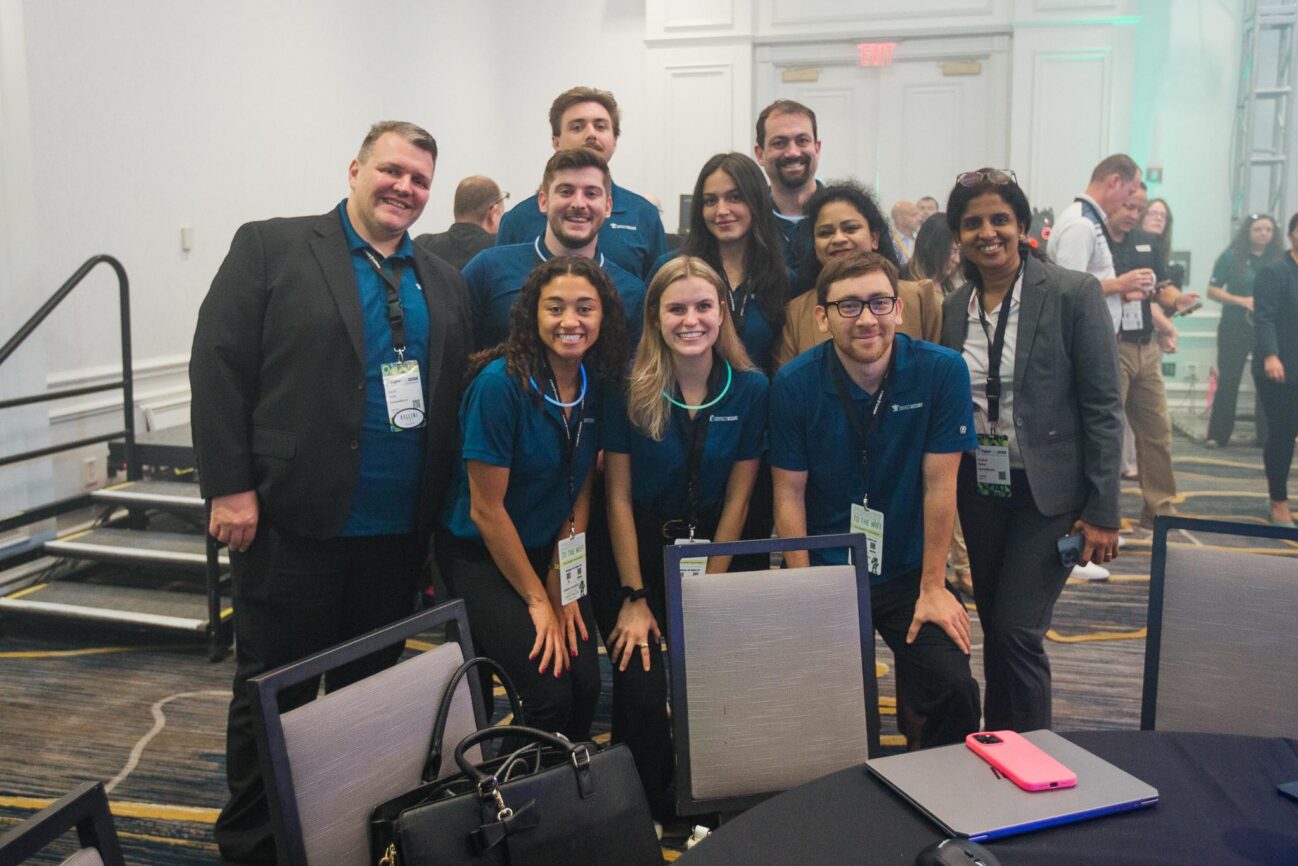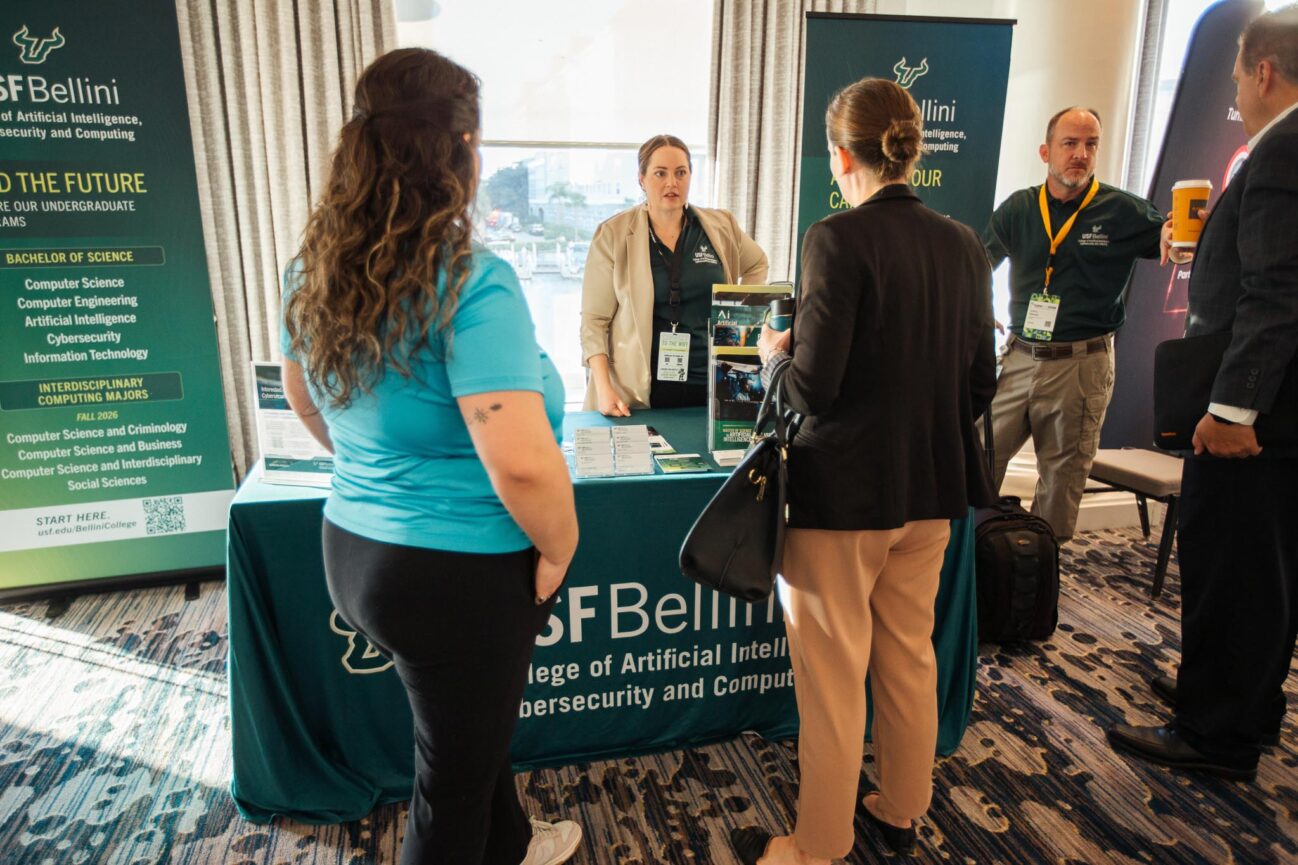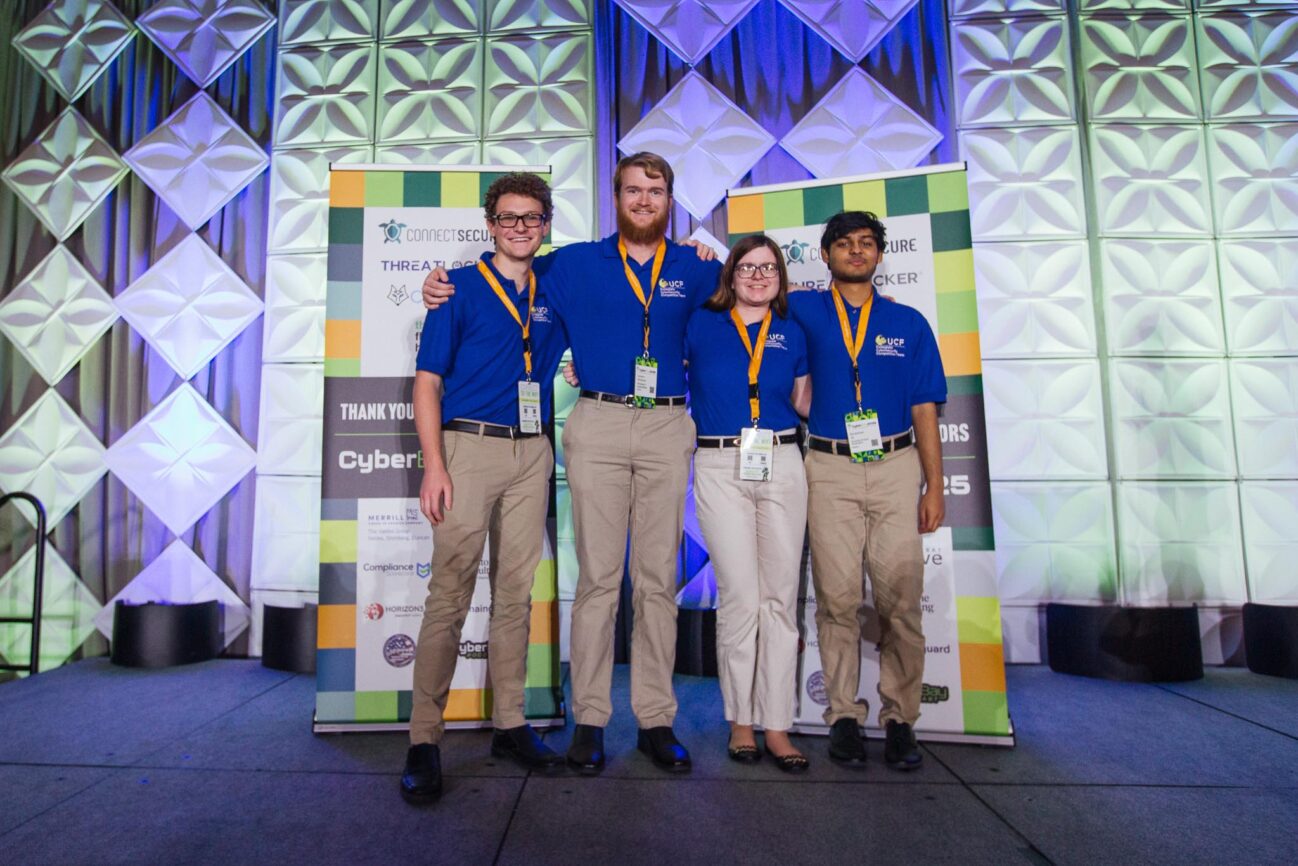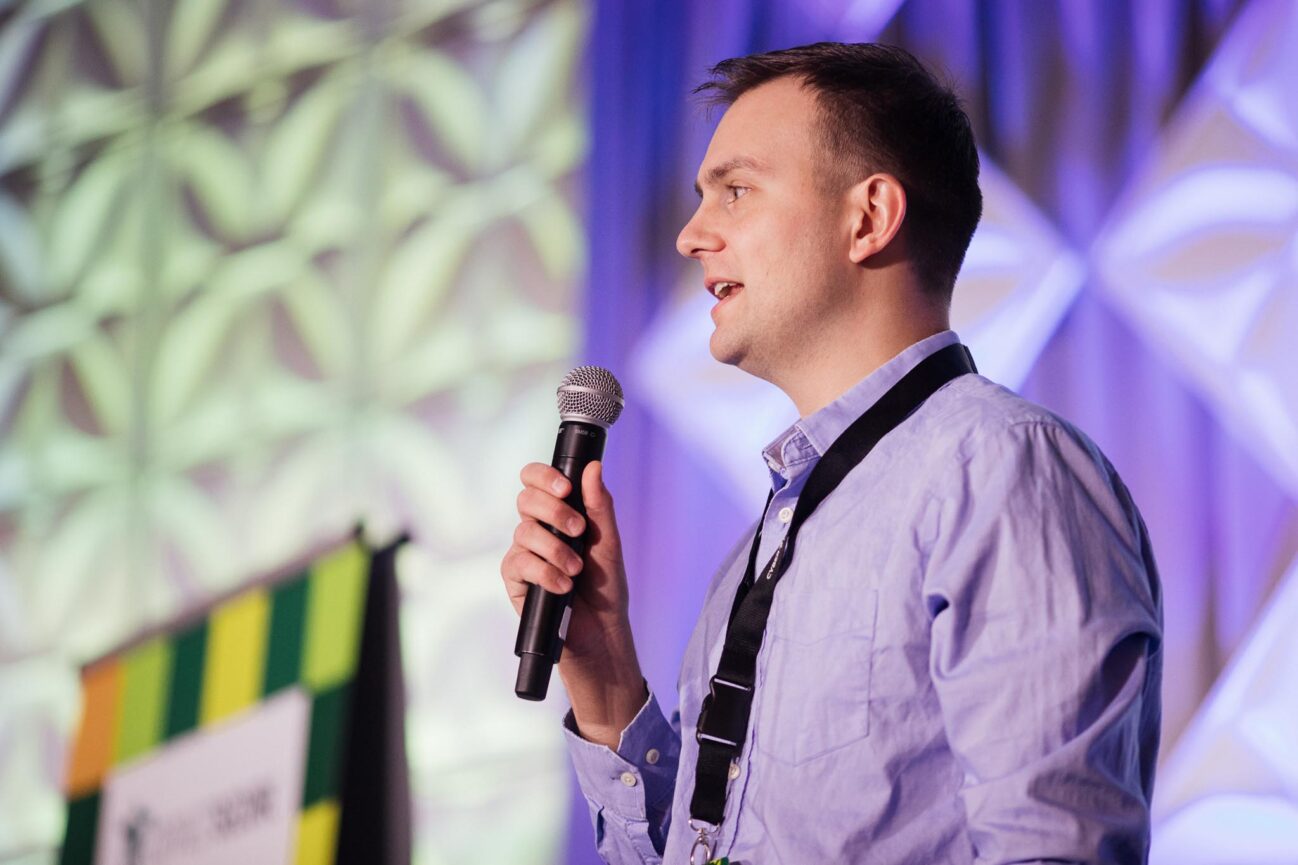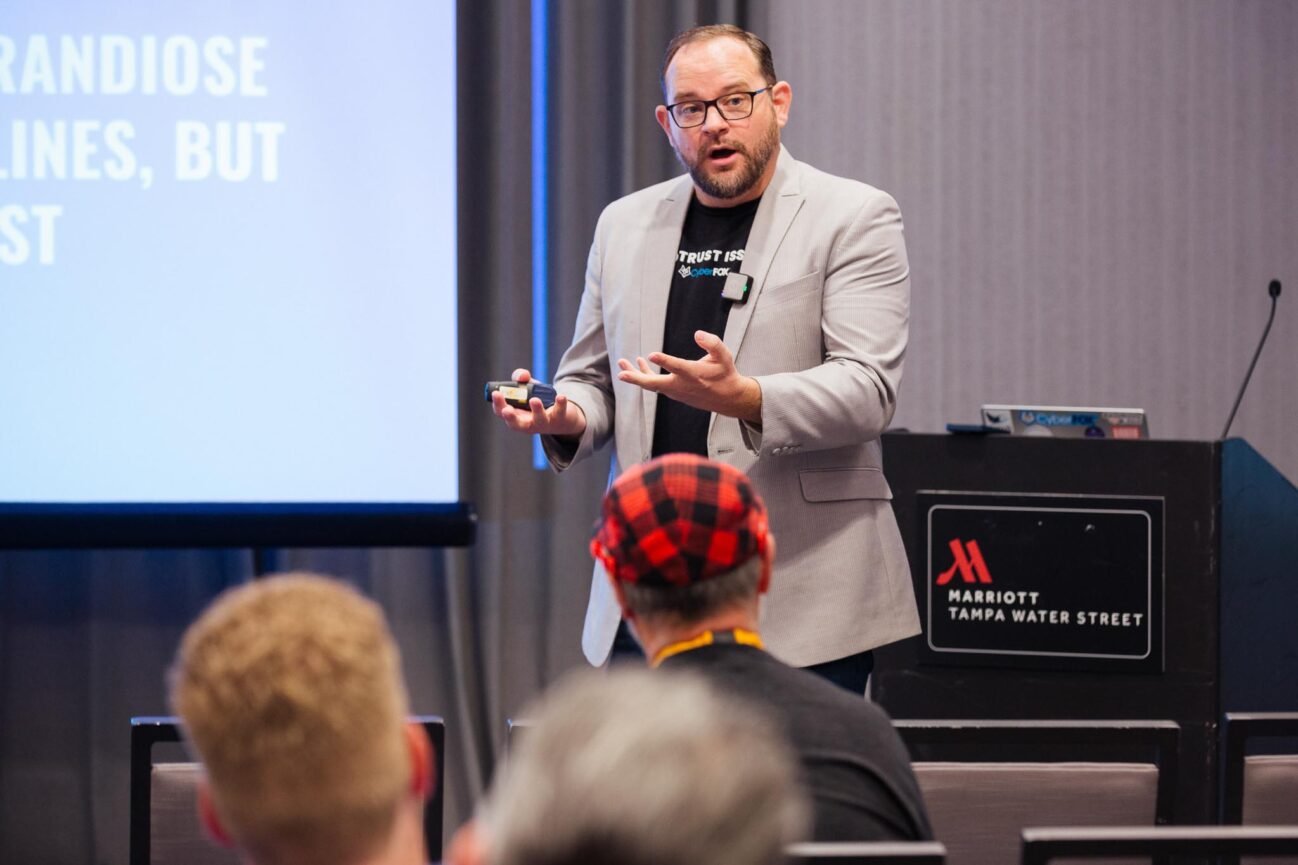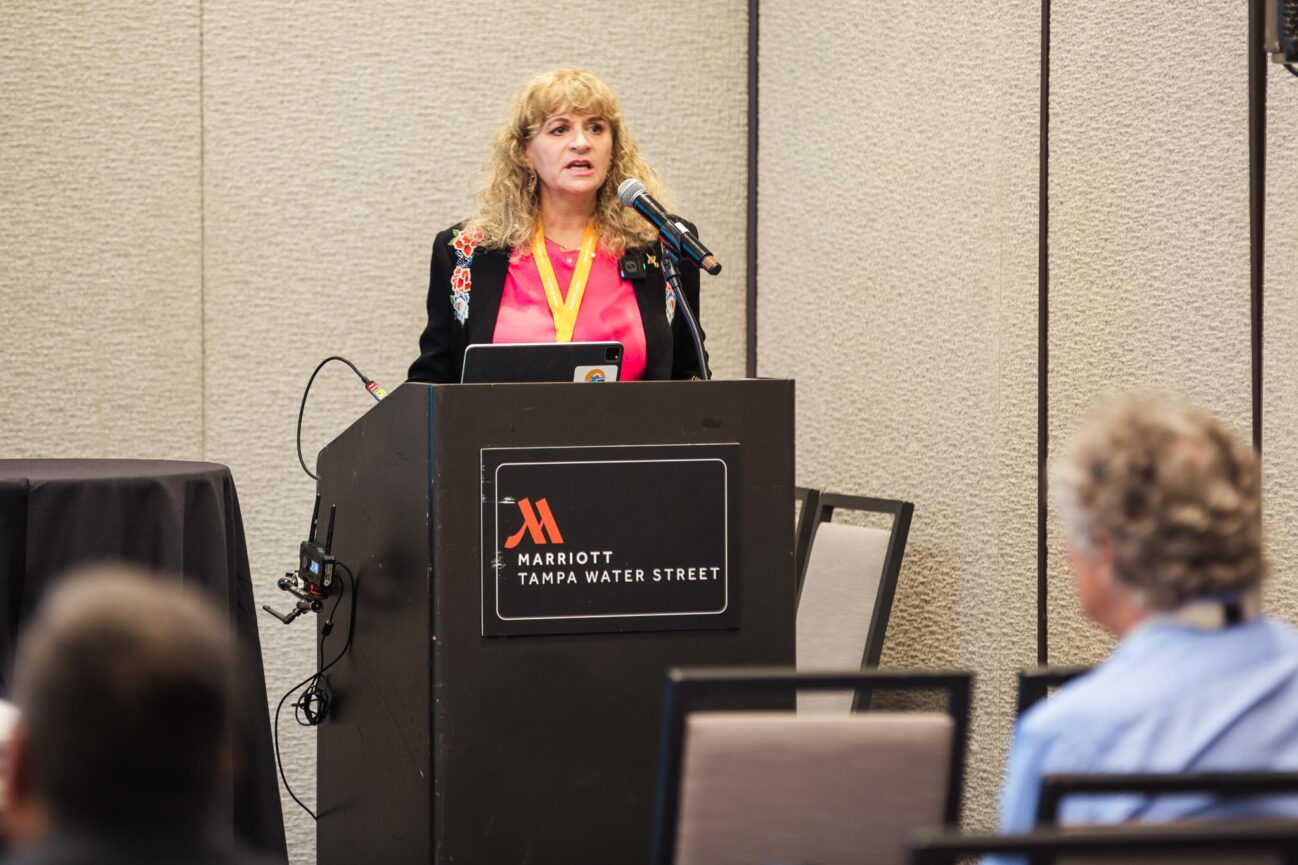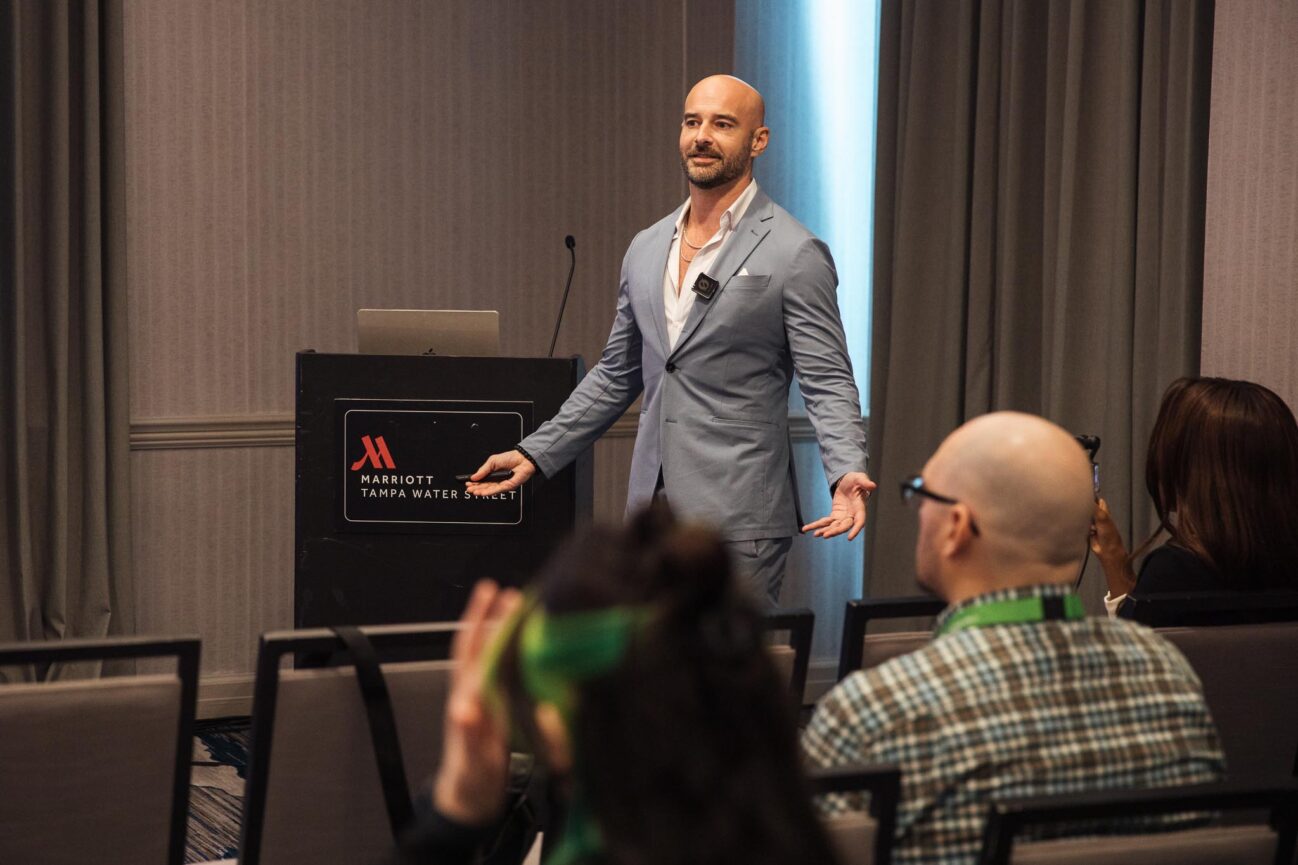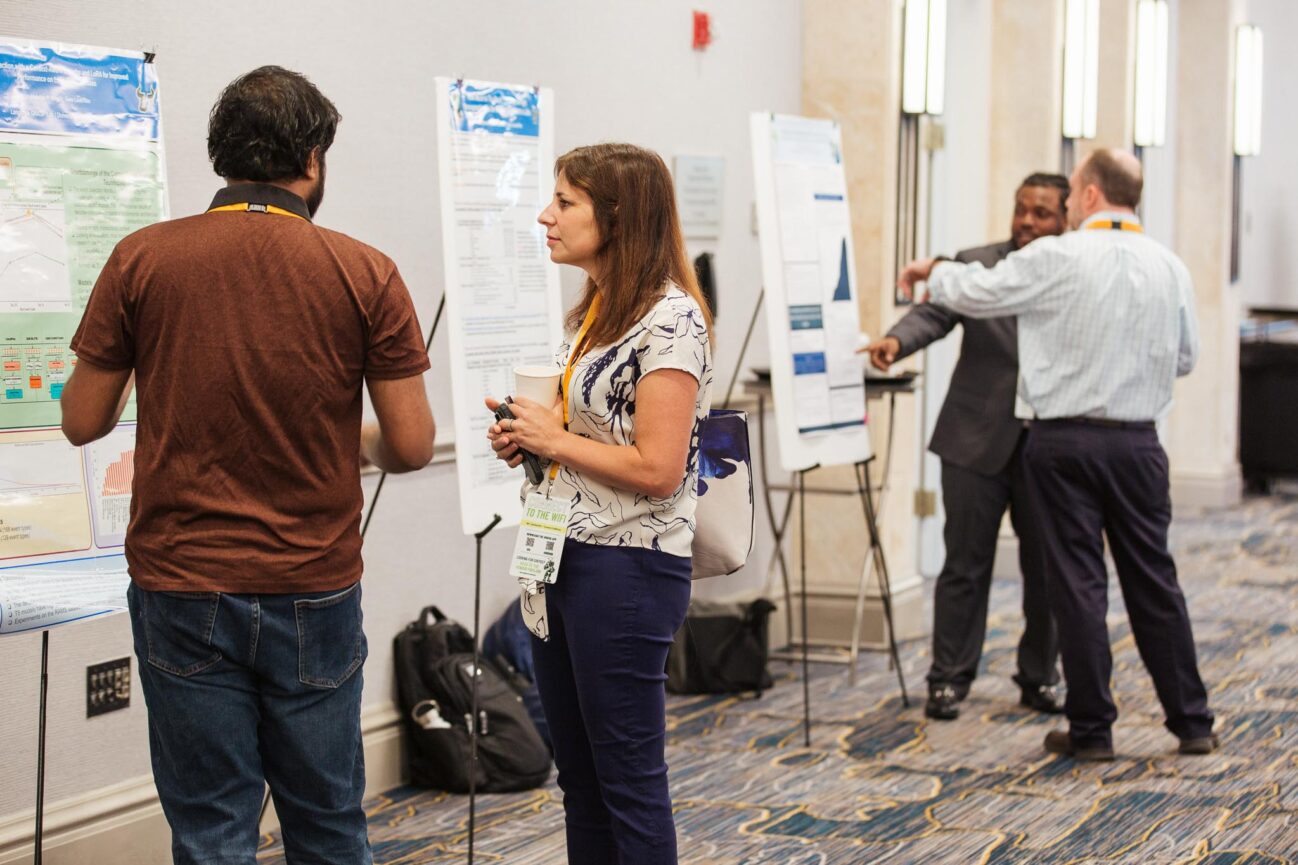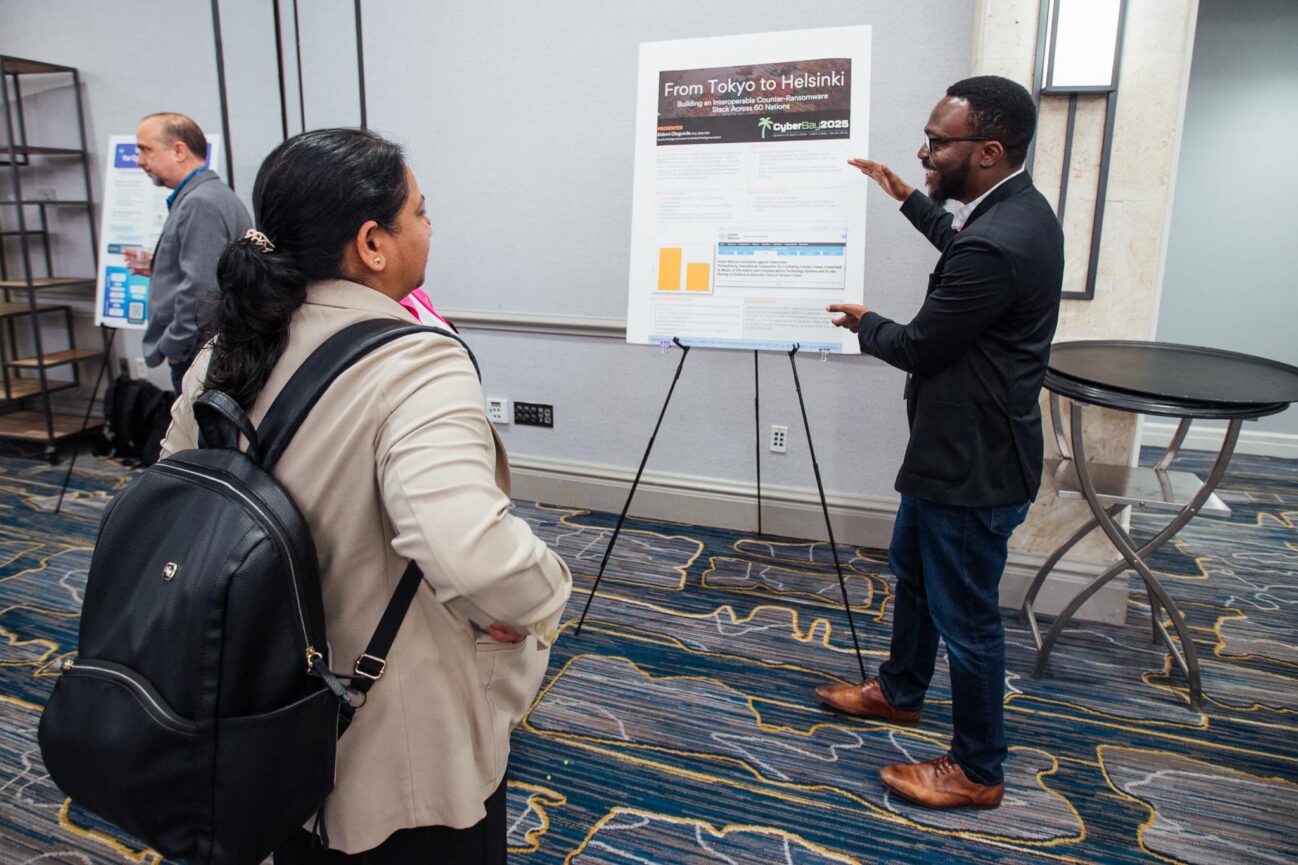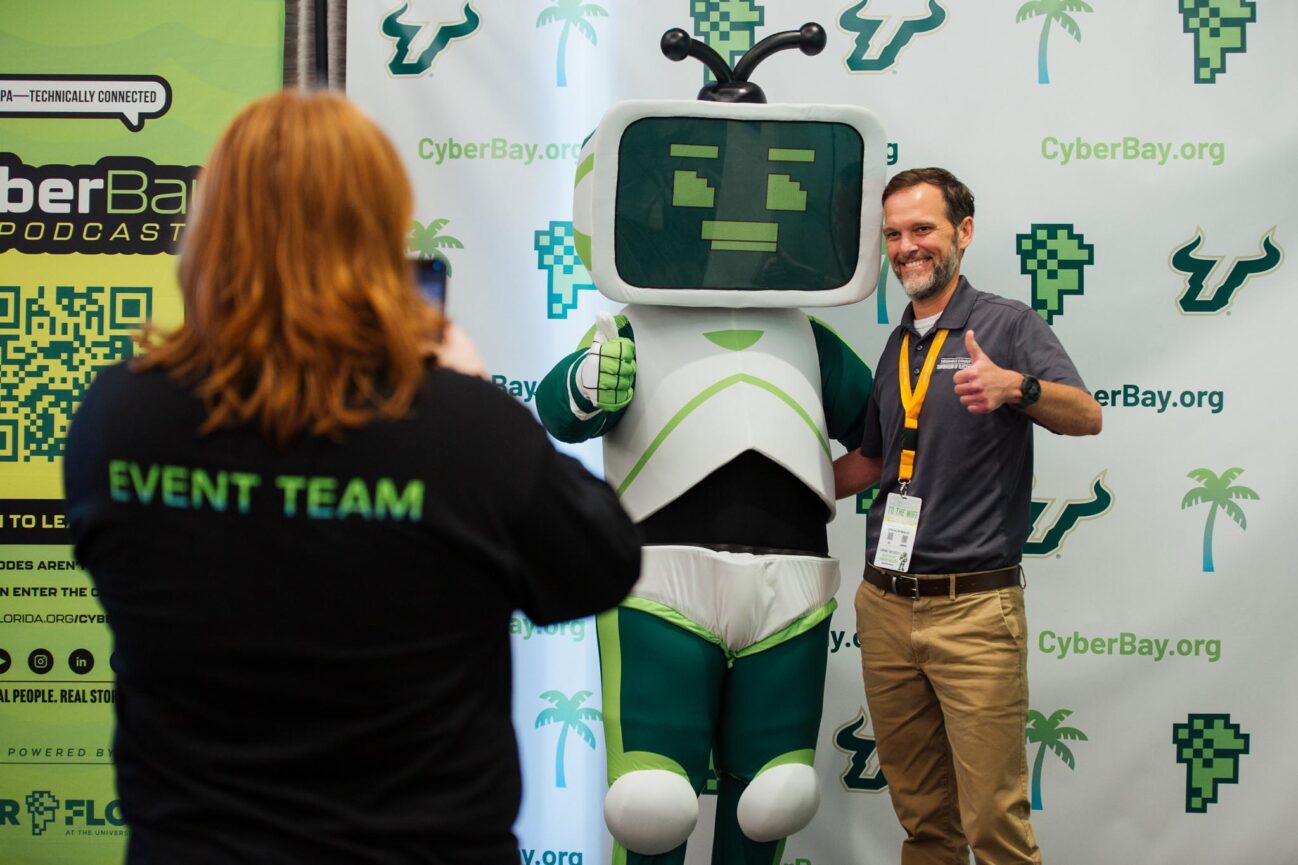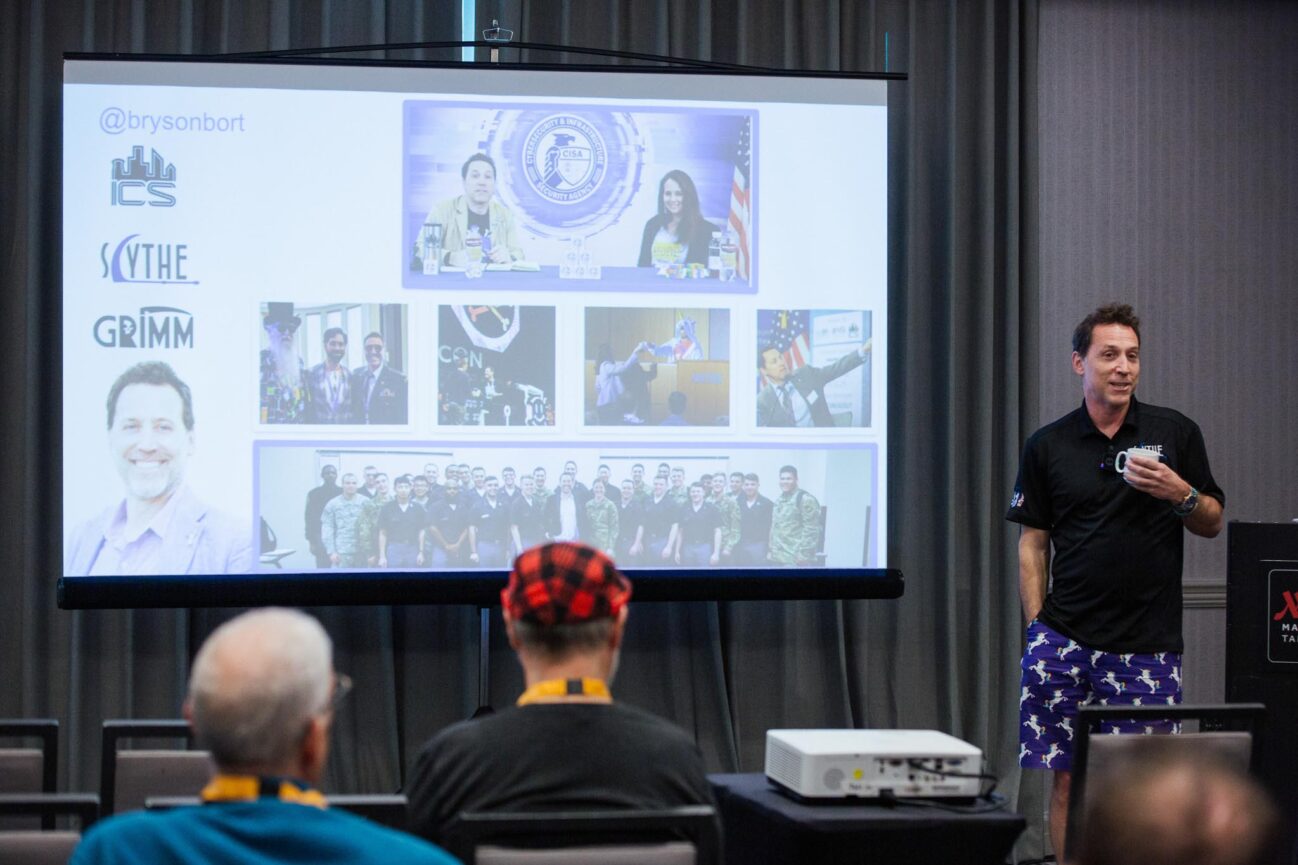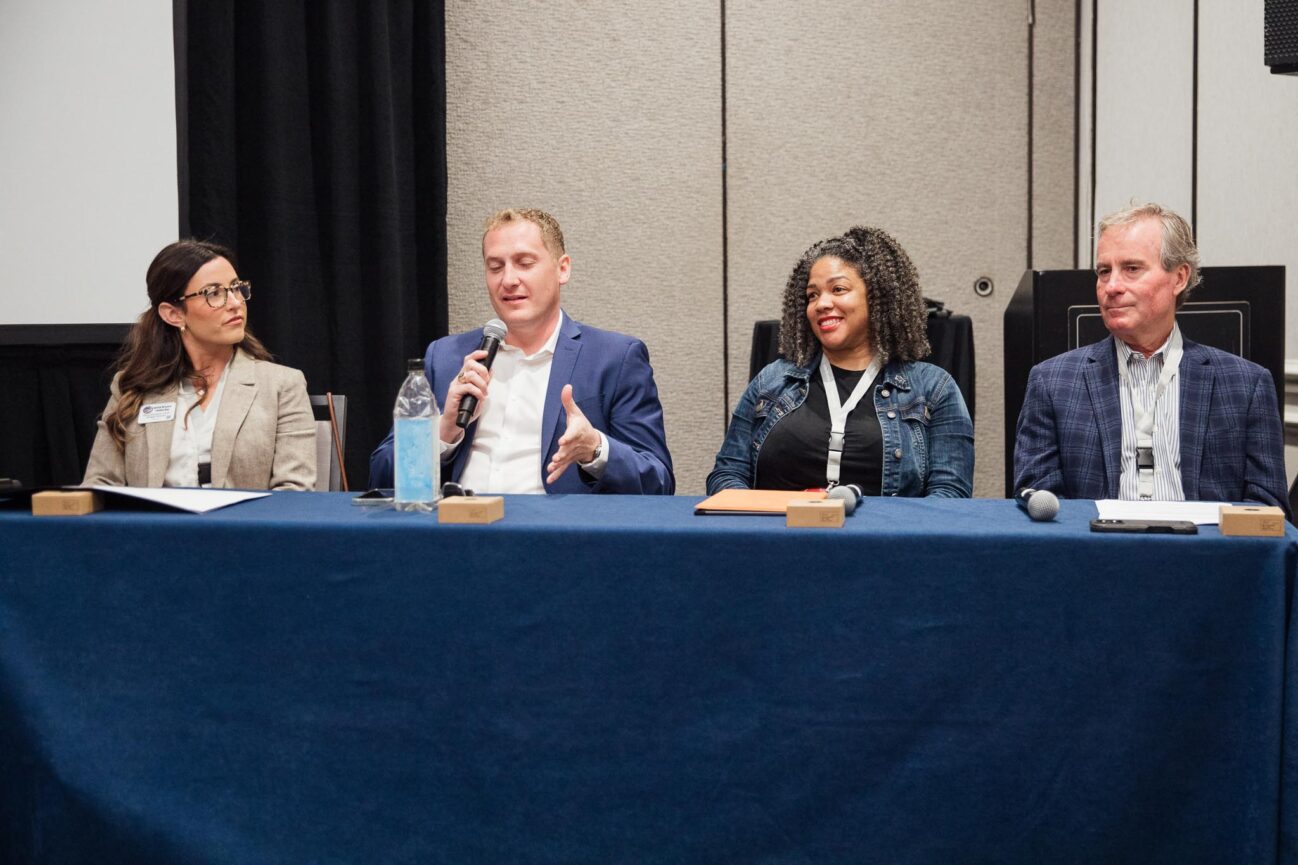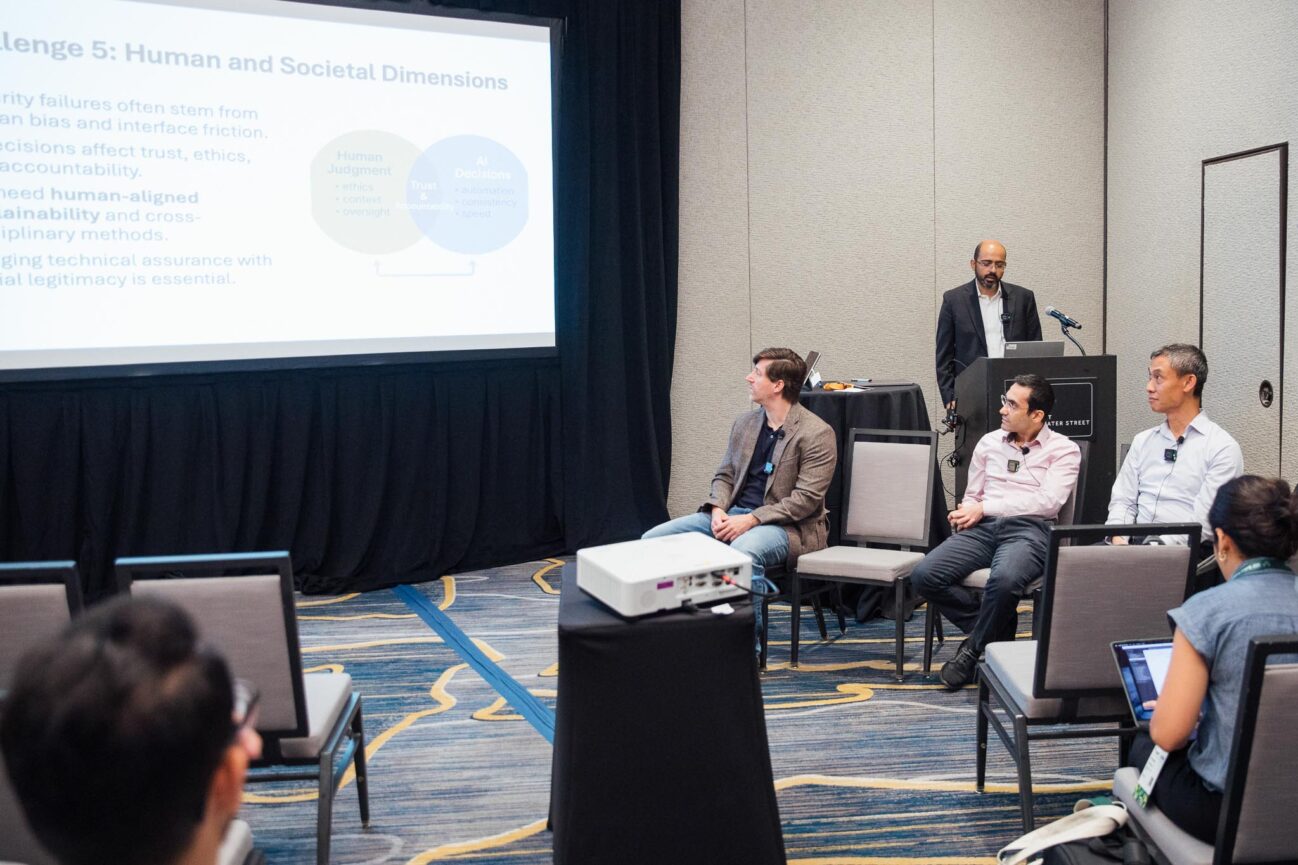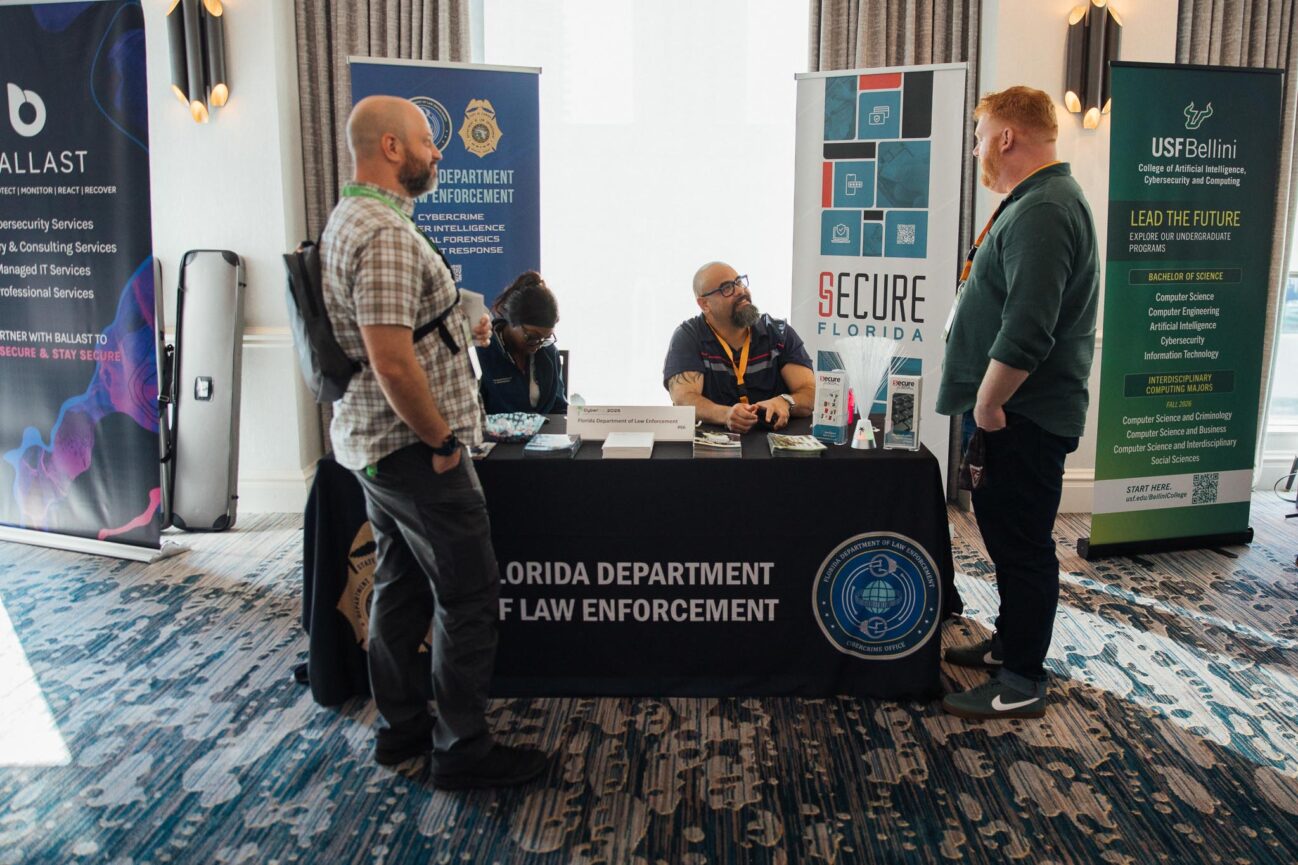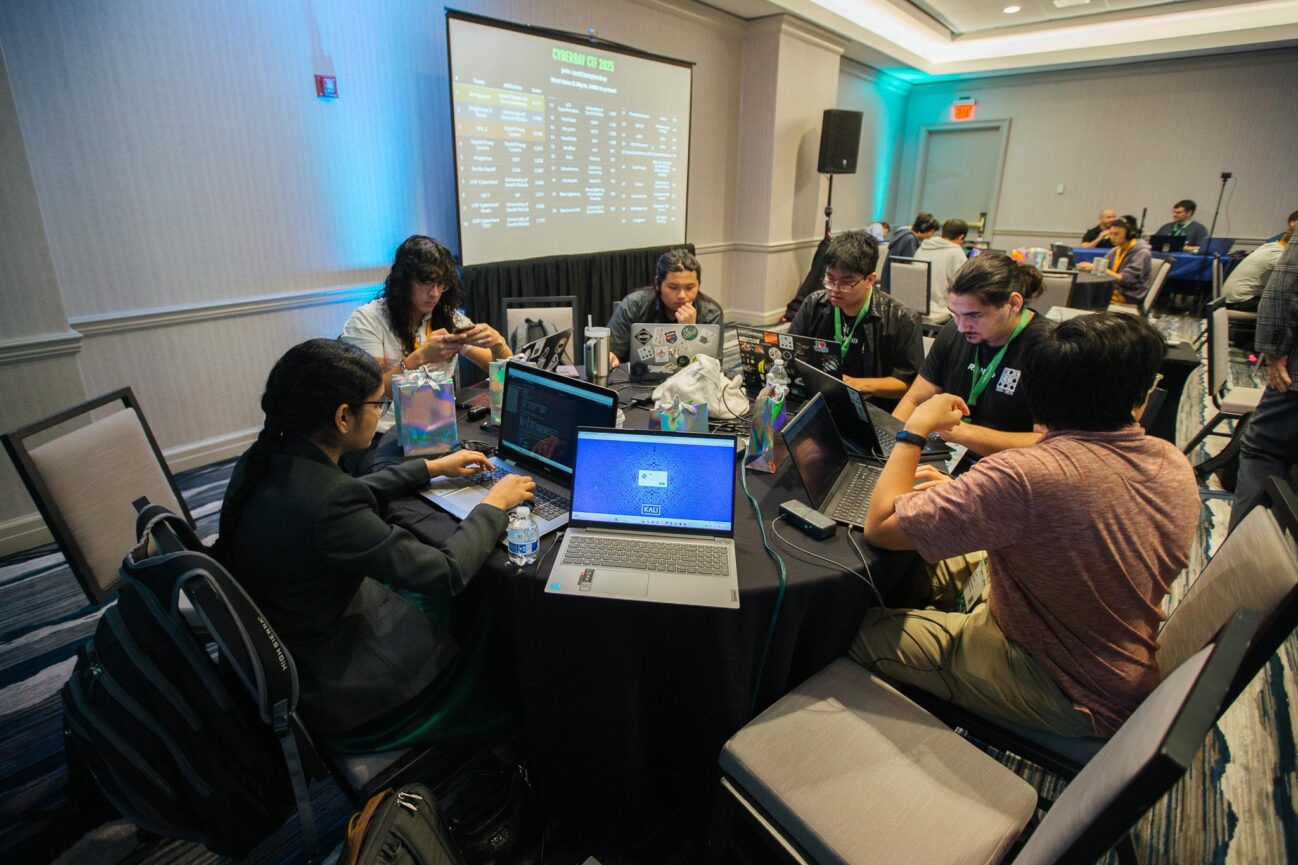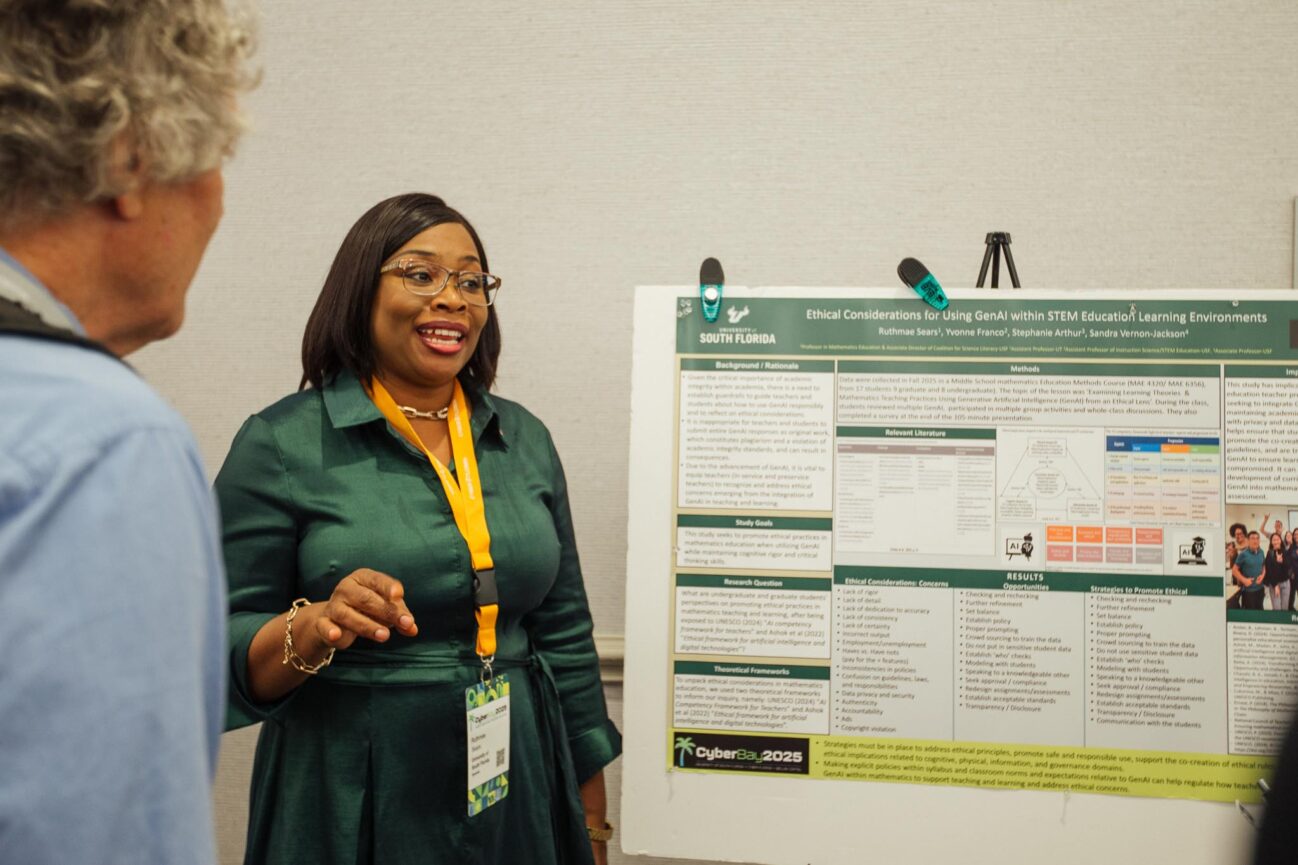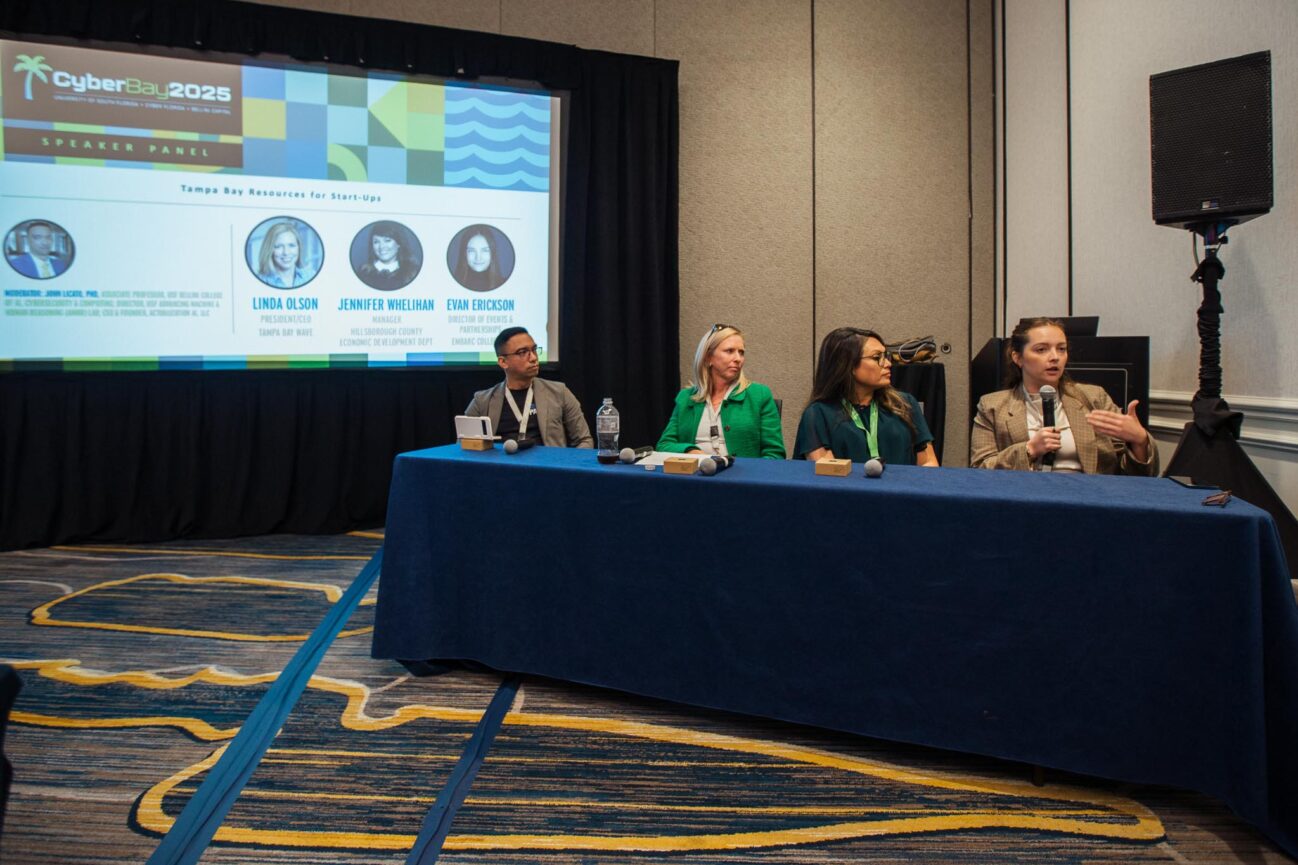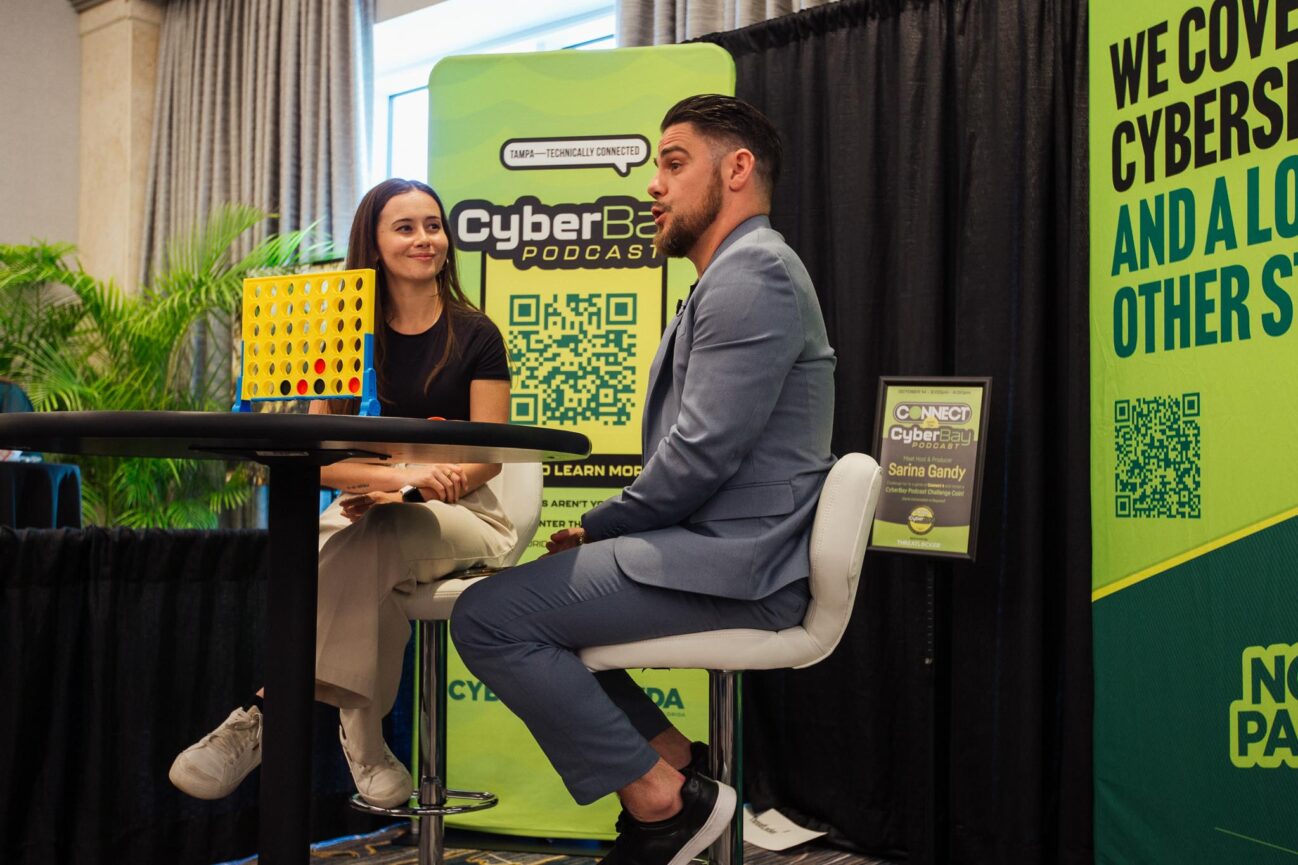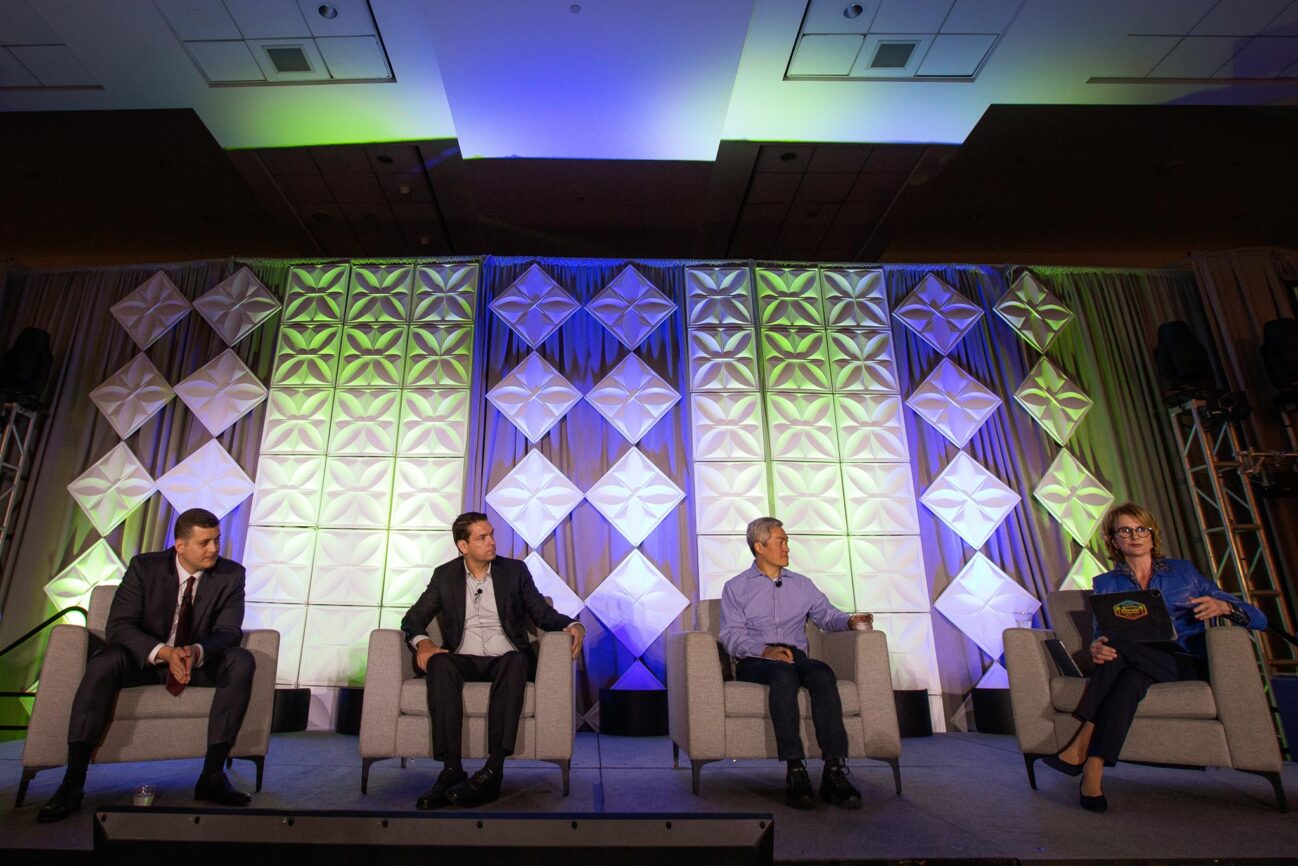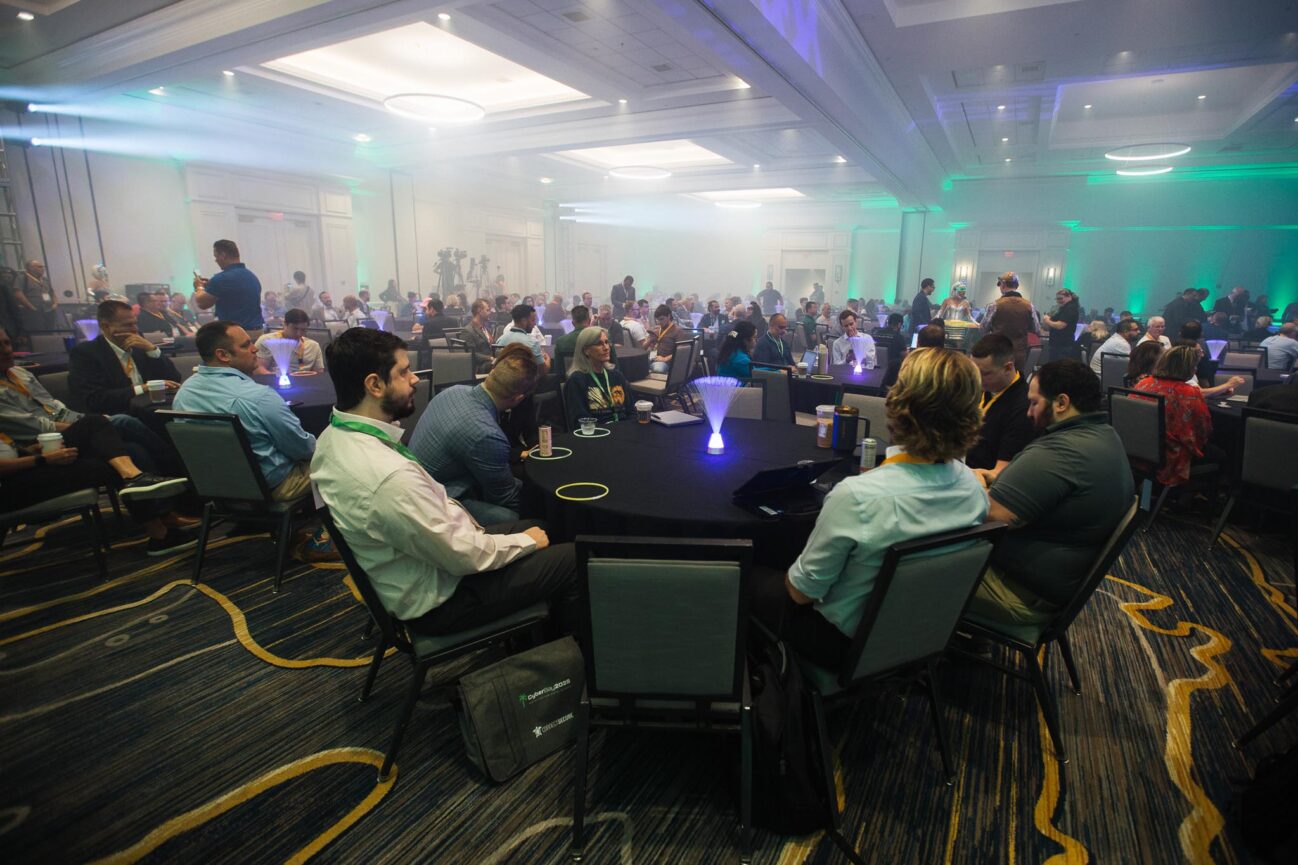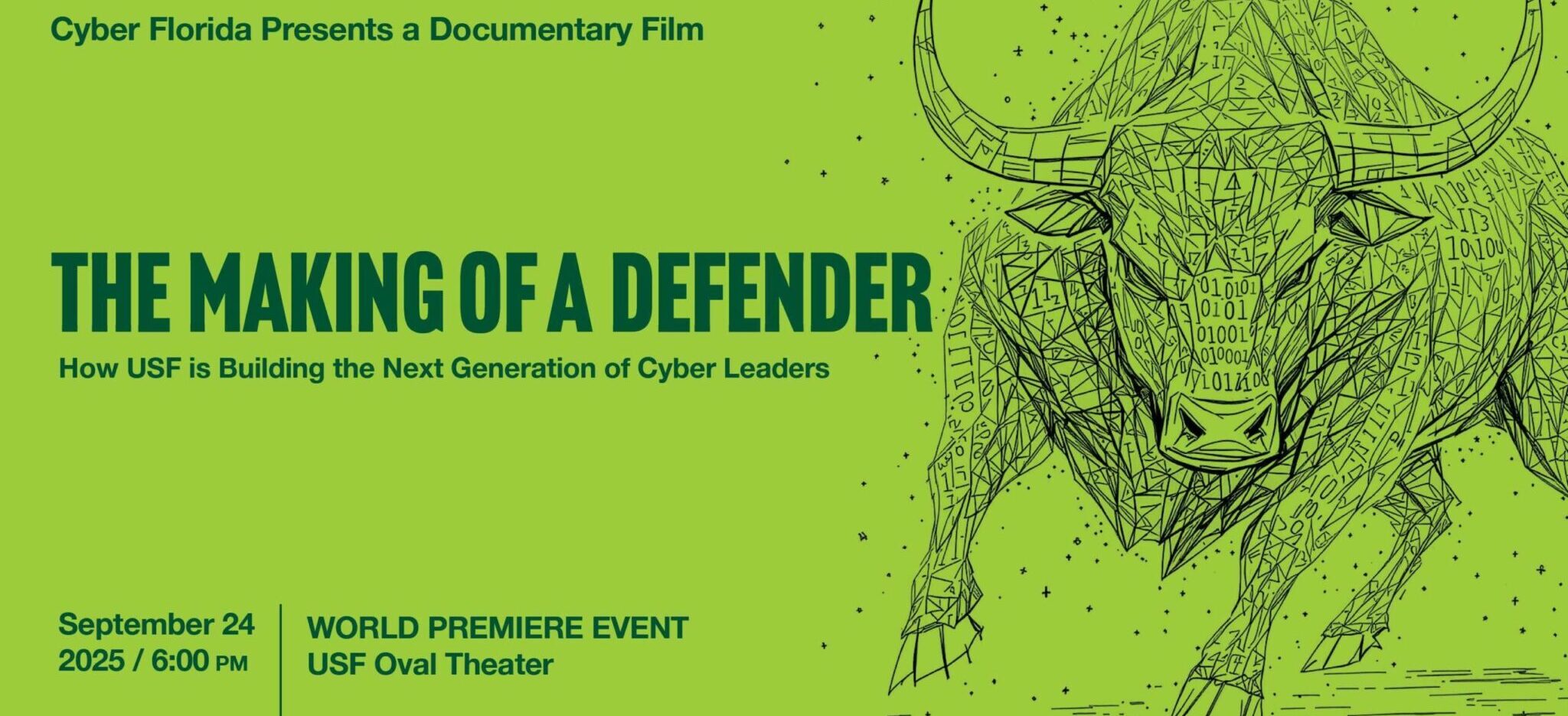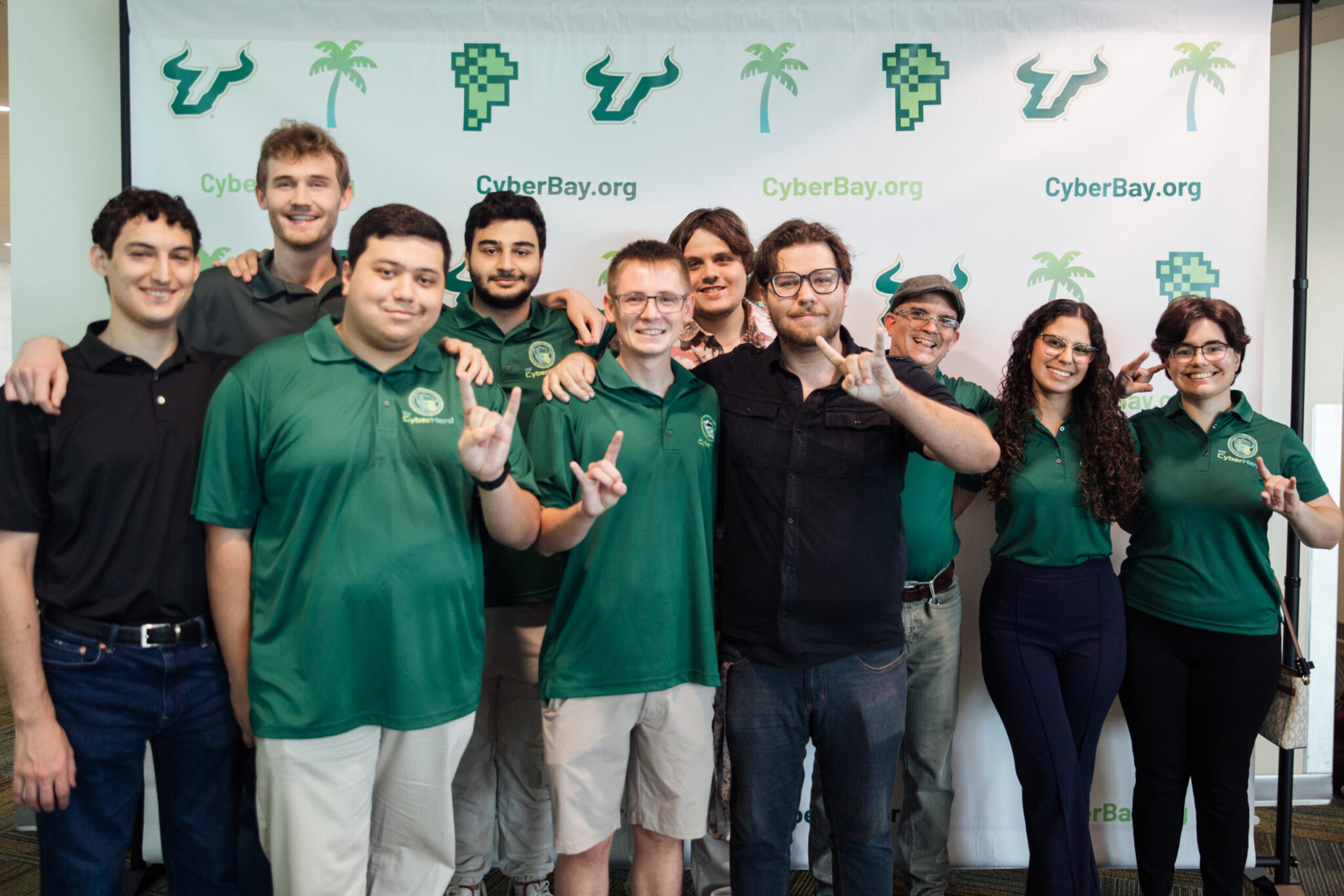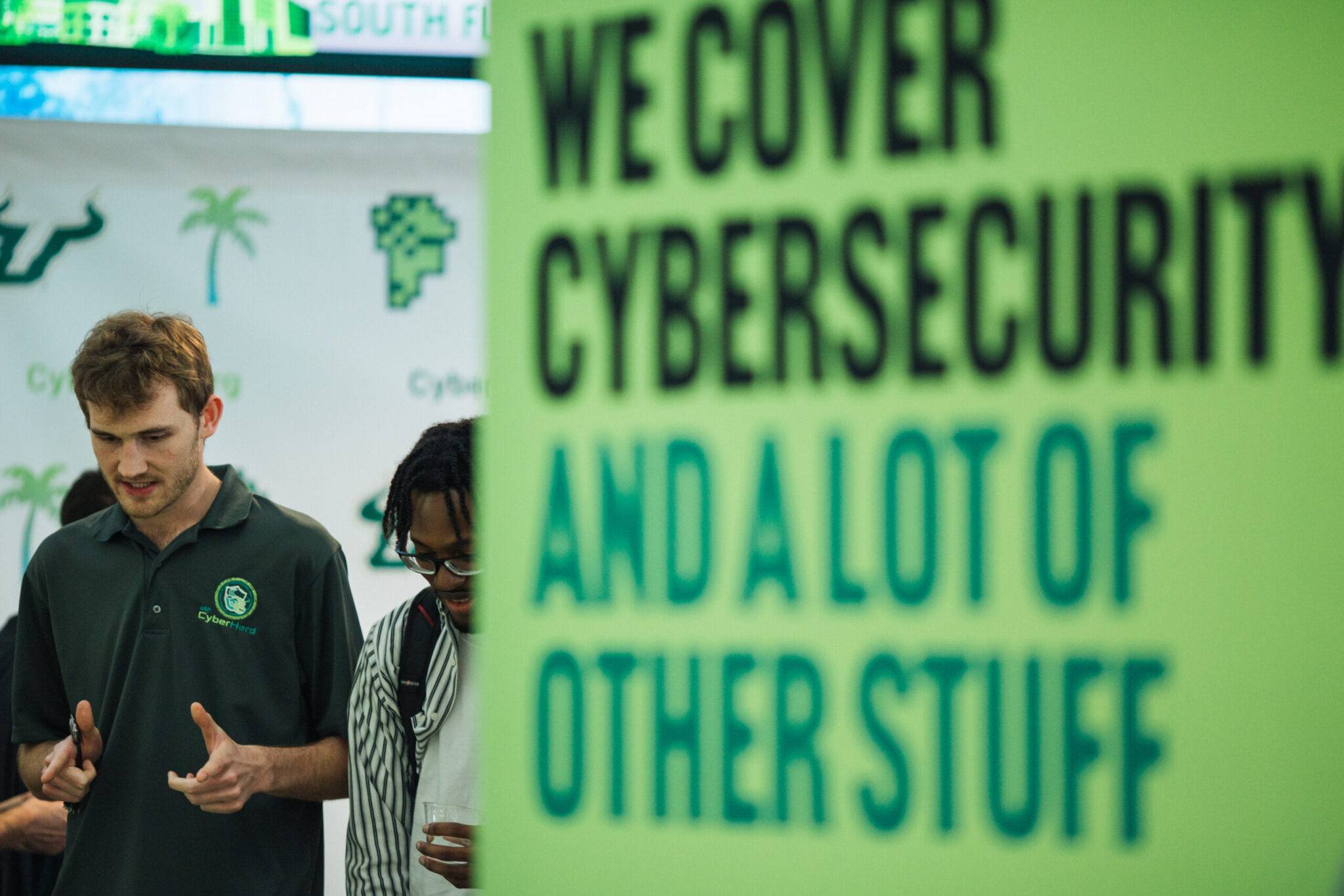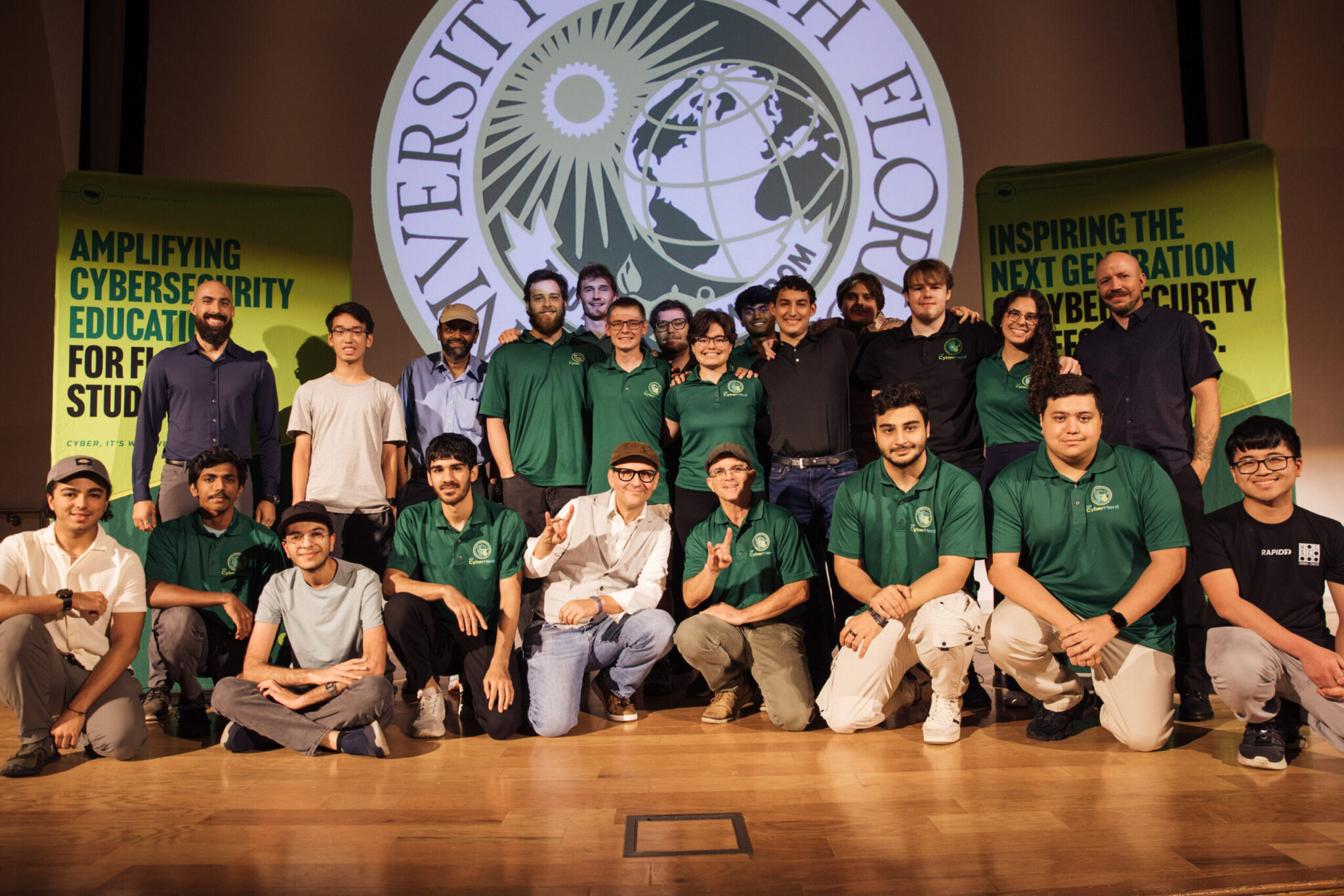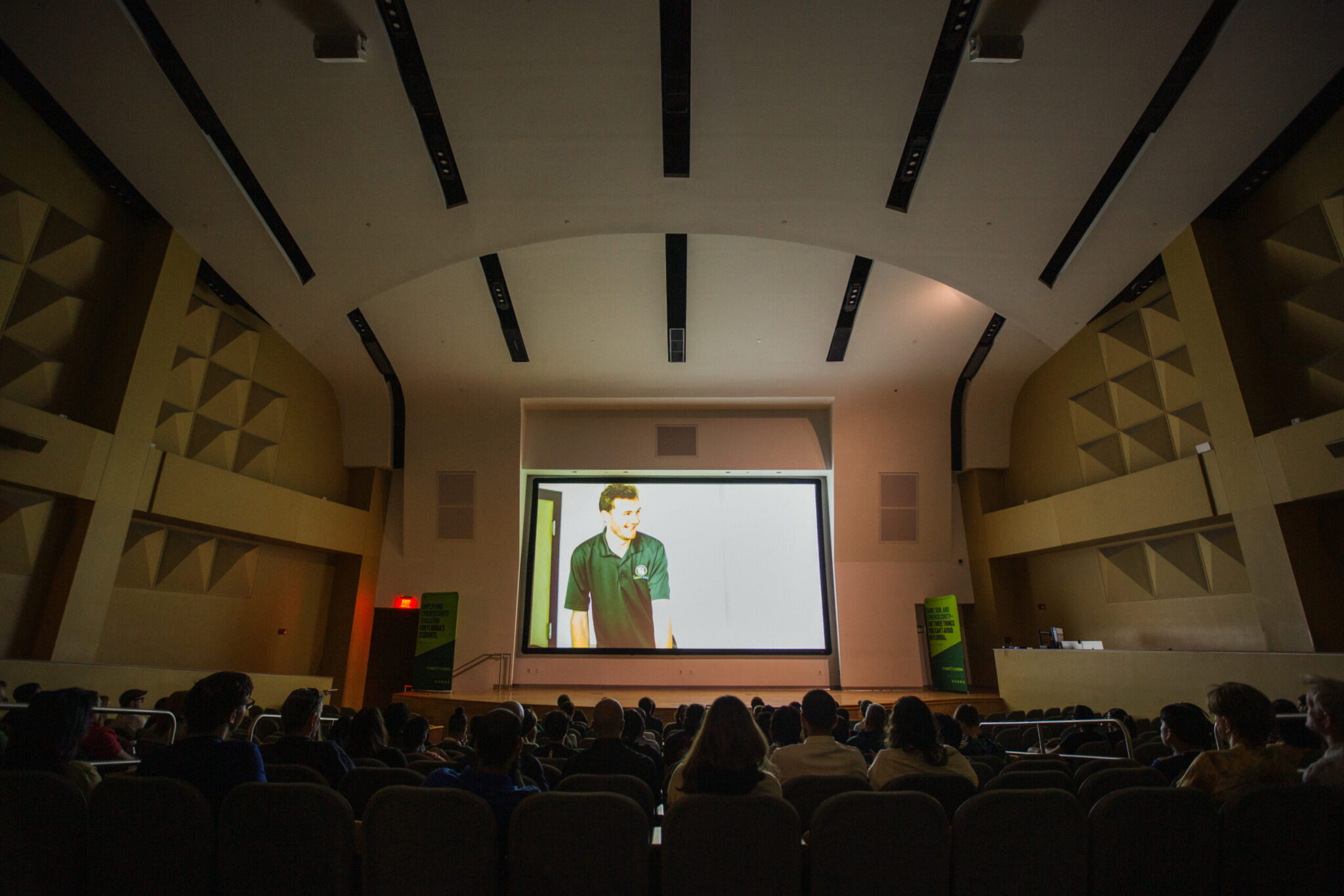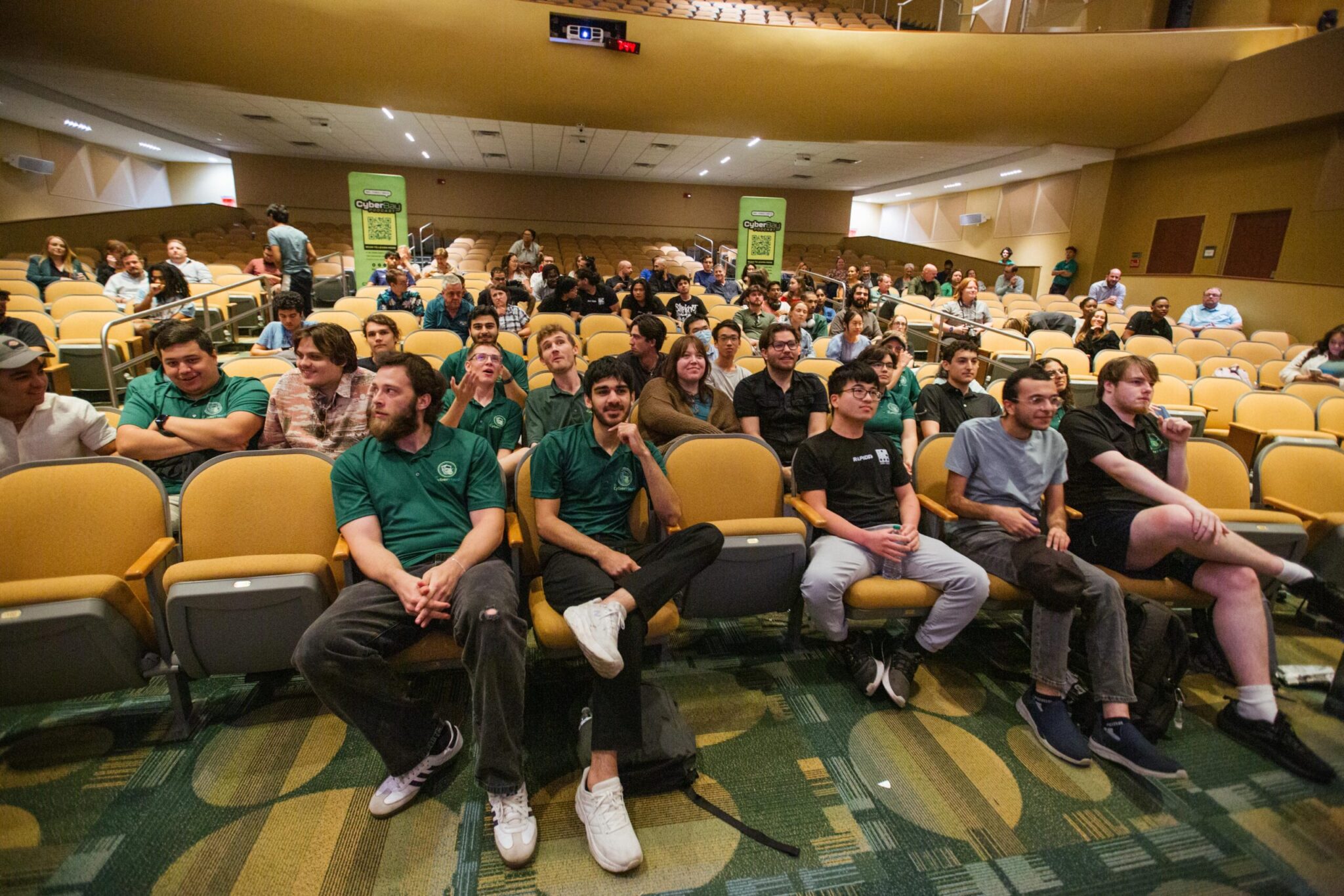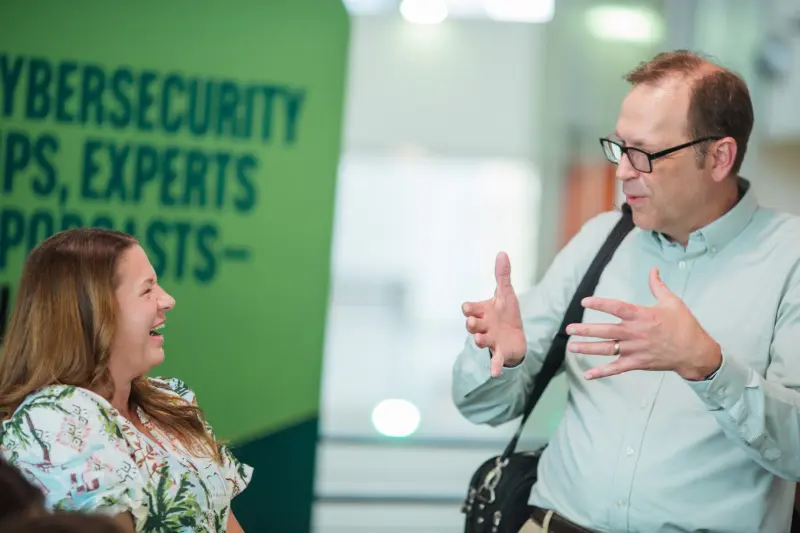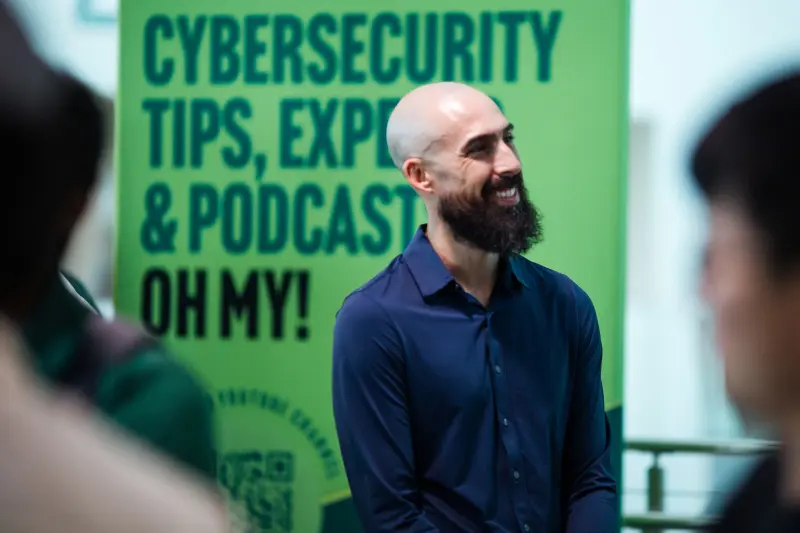BIG-IP Integrity Vulnerability Threat Report

CVE-2025-58424
I. Introduction
Application Delivery Controllers (ADCs) are essential to modern networks because they optimize, secure, and manage client-server traffic. F5’s BIG-IP, a critical Application Delivery Controller used across enterprises and government networks, plays a key role in traffic management, SSL/TLS termination, and application delivery. [1]
On October 15, 2025, CVE-2025-58424 was discovered, describing a vulnerability affecting F5’s BIG-IP systems where undisclosed traffic can cause data corruption and unauthorized data modification in protocols that lack message integrity protection. The vulnerability currently affects several versions and configurations of BIG-IP products [2] and has been linked to the BRICKSTORM malware, which is used by state-sponsored actors. Although rated Medium (CVSS v3.1 score 4.5) by the National Vulnerability Database (NVD) [6], the potential for exploitation across critical infrastructure makes immediate patching a priority.
No public reports of active in-the-wild exploitation as of October 28, 2025. However, it is part of a broader set of F5 BIG-IP vulnerabilities disclosed amid a nation-state breach of F5’s internal networks (detected on August 9, 2025) [6], where source code and undisclosed vulnerable details were stolen. This raises concerns for potential zero-day exploits by the threat actor.
Following the public disclosure, the U.S. Cybersecurity and Infrastructure Security Agency (CISA) issued an Emergency Directive (ED 26-01) for federal agencies. [8] The directive required agencies to apply F5 patches, inventory F5 products, and restrict management interface access. CISA warned that the breach presents an “imminent threat” to federal networks.
This advisory provides a consolidated overview of what CVE-2025-58424 is, where it is targeted towards, affected BIG-IP modules, associated MITRE ATT&CK techniques, as well as recommended mitigations. It serves to help readers understand the technical scope and protections to maintain data integrity and network resilience.
II. Target
CVE-2025-58424 affects the BIG-IP data plane, which is responsible for nearly all runtime network traffic processing, including load balanced traffic by Traffic Management Microkernel (TMM). As a result, any organization running affected F5 BIG-IP products or services that rely on TMM is potentially vulnerable to CVE-2025-58424. These products and services sit at the network edge and handle large volumes of client-server traffic, making successful exploitation extremely dangerous and affecting a wide range of industries [4], including:
- Enterprise & Cloud Service Providers
- Financial Services
- Government & Public Sectors
- Healthcare
- Telecommunications
- Retail & E-commerce
Affected BIG-IP Modules:
The following table lists the BIG-IP modules affected by CVE-2025-58424, as identified in Recorded Future [6], a leading cyber-threat intelligence and vulnerability tracking platform, along with their corresponding function category:
III. Tactics and Techniques
The following table maps out MITRE ATT&CK Techniques Associated with CVE-2025-58424:

IV. Adversary Tools and Services
Although a specific threat actor has not been linked to the F5 breach, public reporting from Google Cloud Mandiant (Mandiant is Google Cloud’s threat intelligence sector that conducts research on advanced persistent threat APT activity and state sponsored cyber activity) suggests that this vulnerability may be of the works of UNC5221, a Chinese threat actor that targets network and edge devices [7]. Attackers using CVE-2025-58424 resemble UNC5221 who have conducted previous campaigns; however, it does not prove that they are the same actor. It only indicated that comparable techniques and similar tools are deployed, which is crucial to monitor in case the same malware or infrastructure recurs in the future.
The primary malware family linked to this vulnerability is BRICKSTORM, a backdoor that allows attackers to gain sustained remote access and command over compromised systems. Due to its cross-platform capabilities, BRICKSTORM can be used on Windows, Linux, and BSD (Berkley Software Distribution), which enables attackers to infiltrate a variety of network environments [7]. In past campaigns, UNC5221 has been observed to have persistence for more than a year (roughly 393 days), showing that they prioritize data collection and being hidden over big attacks that quickly cease access [7].
To stay hidden, this group uses cloud services like Cloudflare Workers and Heroku as part of their command-and-control (C2) blueprint to perform cloud-fronting. Could-fronting is a technique that makes malicious traffic appear to be from reliable businesses. Additionally, they employ DNS-over-HTTPS (DoH), which encrypts network communication to make it difficult for defenders to identify anomalies. After entering the system, this group advances into virtualized environments such as VMware, vCenter, and ESXi, which are frequently found in data centers [7]. This allows them to increase their level of control and remain undetected, even in the event that one machine is isolated or patched.
Recorded Future also discovered that CVE-2025-58424 appears in legitimate penetration testing tools like Tenable Nessus plugin #270590, as well as other tools like the DDoS Toolkit and generic Backdoor malware [6]. This demonstrates that both attackers and defenders are actively using this vulnerability: Adversaries are looking for unpatched targets, and defenders are using it for testing and securing systems.
Altogether, these results demonstrate that CVE-2025-58424 lies in a hybrid threat space that can be exploited by both independent and state-sponsored threat actors. Despite the lack of confirmation regarding who is responsible for F5’s BIG-IP modules, the similarity in tactics and techniques points to a larger campaign approach that emphasizes data manipulation, stealth, and continuous persistence.
V. Indicators of Compromise (IOCs) and Detection Indicators
There are currently no verified Indicators of Compromise (IOCs) available for CVE-2025-58424 as of this advisory. Being that this is a possible early warning sign of exploitation, security teams should keep an eye out for anomalies in outgoing connections to cloud-hosted command-and-control (C2) services and encrypted DNS traffic.
The following table rounds up observable behaviors and network patterns connected to the exploitation activity linked to CVE-2025-58424. Until confirmed IOCs are released, these indicators serve to assist analysts in searching for related activity:
VI. Recommendations
CVE-2025-58424 allows attackers to infiltrate and modify data within active TCP sessions that use protocols lacking encryption or message integrity protection, such as those without TLS. The issue stems from predictable identifiers in TMM, that is, the Traffic Management Microkernel, a core component of F5 Networks, which can be leveraged to inject malicious data into the data plane. To mitigate these threats, organizations should implement the following course of action:
- Upgrade BIG-IP
F5 have introduced patched versions for affected modules. Organizations using affected models should upgrade to patched versions (15.1.10.8+, 16.1.6+, or 17.5.0+) for optimum security and performance.
For additional guidance:
Navigate to F5’s official website to learn more about common issues and best practices when upgrading BIG-IP systems: https://my.f5.com/manage/s/article/K000157079
- Turn on the TCP Injection Protection Setting
Administrators can enable the ‘tm.tcpstopblindinjection’ database variable via the Traffic Management Shell (TMSH) to add an extra layer of protection and serve as temporary mitigation until the patch is applied.
a. Log in to the TMOS Shell (tmsh) with the following command from the Advanced Shell (bash):
Tmsh
b. Enter the following command to enable the ‘tm.tcpstopblindinjection’ database variable:
modify /sys db tm.tcpstopblindinjection value enable
c. Verify the change with the following command:
list /sys db tm.tcpstopblindinjection
To limit exposure, it is recommended to restrict management and self-IP access to trusted networks and enforce TLS across all traffic in addition to patching systems. 8 of 9
Security analysts should maintain increased monitoring of network traffic and logs for unusual TCP behavior, injection attempts, or sequence number anomalies while systems are in the process of being patched. The CVSS score is rated moderate, but the potential for unauthorized data manipulation within live network segments makes this a serious threat that requires immediate attention and remediation.
Note: Refer to Table 1 in Section II (Targets) for a complete list of affected BIG-IP modules.
VII. References
[1] F5 Networks. (2025, October). Security Advisory K000156572: BIG-IP Software Vulnerabilities Quarterly Notification | MyF5. https://my.f5.com/manage/s/article/K000156572
[2] National Vulnerability Database (NVD). (2025, October 15). CVE-2025-58424: F5 BIG-IP Traffic Management Microkernel Data Corruption Vulnerability | National Institute of Standards and Technology (NIST). https://nvd.nist.gov/vuln/detail/CVE-2025-58424
[3] F5 Networks. (2025, October 15). Security Advisory K000151297: BIG-IP System Software Security Update for CVE-2025-58424 | MyF5. https://my.f5.com/manage/s/article/K000151297
[4] F5 Networks. (2025, October). Security Advisory K44525501: CVE-2025-58424 BIG-IP Data Plane Vulnerability Overview | MyF5. https://my.f5.com/manage/s/article/K44525501
[5] F5 Networks. (2025, October). Security Advisory K000157079: Upgrading BIG-IP Systems – Best Practices and Mitigation Guidance | MyF5. https://my.f5.com/manage/s/article/K000157079
[6] Recorded Future Insikt Group (2025, October 23). Vulnerability Enrichment: CVE-2025-58424. Recorded Future. https://app.recordedfuture.com/portal/analyst-note/doc:_b2QRX https://cloud.google.com/blog/topics/threat-intelligence/brickstorm-espionage-campaign
[7] Yoder, S., Wolfram, J., Pearson, A., Bienstock, D., Madeley, J., Murchie, J., Slaybaugh, B., Lin, M., Carstairs, G., & Larsen, A. (2025, September 24). Another BRICKSTORM: Stealthy backdoor enabling espionage into tech and legal sectors. Google Cloud Blog. https://cloud.google.com/blog/topics/threat-intelligence/brickstorm-espionage-campaign
[8] Lakshmanan, R. (2025, October 15). F5 breach exposes BIG-IP source code — Nation-state hackers behind massive intrusion. The Hacker News. https://thehackernews.com/2025/10/f5-breach-exposes-big-ip-source-code.html
Threat Advisory created by The Cyber Florida Security Operations Center. Contributing Security Analysts: Taylor Alvarez, Isaiah Johnson, Eduarda Koop, and Waratchaya Luangphairin (June)




